Administrative Law
- Sir Ivor Jennings’ Definition:
Administrative law is "the law relating to the administration. It determines the organization, powers, and duties of administrative authorities.
- Professor Wade:
The law that governs the control of governmental power, and its purpose is to protect citizens from abuse of that power by keeping it within legal bounds.
- Definition of Administrative Law:
Administrative law is a branch of public law that regulates the activities of government agencies and authorities. It governs the organization, powers, duties, and functions of administrative authorities, ensuring they act within their legal limits. It also provides mechanisms for controlling and reviewing their decisions, especially to prevent misuse or abuse of power. Administrative law aims to protect citizens' rights by ensuring fair procedures and accountability in government actions.
Meaning of Administrative Law
- Control Over Government Power: Administrative law is a branch of law that controls how the government and its agencies use their powers. It ensures they don't misuse or overstep their authority.
- Focus on Fairness: The core idea is to make sure that actions by the government are fair, just, and based on the rule of law.
- Ensuring Rule of Law: Administrative law makes sure that every decision or action taken by government bodies is within the boundaries set by the law.
- Protects Citizens: It offers protection to citizens against any abuse of power by the government, making sure their rights are not violated.
- Deals with Public Services: Administrative law also handles matters related to government services like public housing, healthcare, and social security.
- Prevents Arbitrary Actions: It prevents government agencies from taking arbitrary actions that might harm individuals or groups without proper reason.
- Promotes Accountability: The law encourages government officials to act responsibly and be accountable for their actions.
Nature of Administrative Law
- Part of Public Law: Administrative law is a branch of public law that deals with the relationship between citizens and government bodies.
- Focus on Regulation: It regulates the powers, duties, and functions of government authorities to ensure they act within their limits.
- Prevents Abuse of Power: The main aim is to stop the misuse of government power and protect citizens from unfair decisions.
- Ensures Legal Procedures: It makes sure that government bodies follow legal procedures when making decisions or taking actions.
- Deals with Discretionary Powers: Administrative law also manages how government officials use their discretion, ensuring it's done fairly and without bias.
- Dynamic in Nature: The law is flexible and constantly evolving to adapt to new changes in society and government structures.
- Connected to Welfare: Administrative law supports the welfare state by ensuring that the government provides services like healthcare, education, and social security to citizens fairly.
Scope of Administrative Law
- Regulation of Government Power: It covers how government bodies use their powers, ensuring they act lawfully and within limits.
- Control of Administrative Actions: Administrative law oversees the decisions and actions of government agencies to prevent abuse.
- Dispute Resolution: It provides mechanisms for resolving disputes between citizens and government authorities.
- Protection of Citizens’ Rights: The law ensures that citizens' rights are protected from unfair treatment by government bodies.
- Administrative Tribunals: It includes the creation and functioning of tribunals that handle specific issues like tax disputes, labor issues, etc.
- Judicial Review: Administrative law allows courts to review government actions to check for legality and fairness.
- Rule-Making by Authorities: It covers how government bodies create rules and regulations that affect the public.
Rule of Law
- The Rule of Law: Refers to the idea that all individuals, including those in power, are subject to the law, ensuring fairness and justice.
- Origin: The concept originated from Sir Edward Coke and was discussed by ancient philosophers like Plato and Aristotle.
- Plato: Believed that when the law governs, the state prospers.
- Aristotle: Supported the idea that law should be the ultimate authority.
- The phrase “Rule of Law” comes from the French term "la principe de legalite", meaning government by law, not by individuals. It is a key principle in the constitutions of England, the USA, and India.
Dicey’s Three Principles of Rule of Law
- The law rules over everyone, including those who enforce it.
- No one can be punished without breaking the law.
- Article 21 of the Indian Constitution reflects this by protecting life and personal liberty, except by legal process.
- Cases:
- Som Raj v. State of Haryana (1990): Asserted that arbitrariness must be excluded in governance.
- Bachan Singh v. State of Punjab (1980): Justice Bhagwati emphasized that the rule of law prevents arbitrariness.
- Every person, regardless of rank, is subject to the same laws and courts.
- Articles 14, 15, 16 of the Indian Constitution embody this principle of equality.
- Dicey said that in the UK, people’s rights are determined by court rulings, not a written constitution.
- In India, this concept does not apply since the Constitution is the supreme law.
Rule of Law in the Indian Constitution
- Articles 14, 15, 16, 23, 32, and 226 reflect the first two principles of Dicey's rule of law.
- Unlike the UK, in India, the Constitution is the supreme authority.
- The Preamble's ideals of justice, liberty, and equality reflect the rule of law.
Important Cases
The Supreme Court declared that the Rule of Law is a basic structure of the Indian Constitution and cannot be amended.
The Supreme Court emphasized that it’s the duty of the state to protect the law and the Constitution, preventing any violent act that disrupts the rule of law.
Doctrine of Separation of Powers
- The Doctrine of Separation of Powers was first mentioned by Aristotle and Plato.
- Montesquieu (French philosopher) made the doctrine more organized in his book "The Spirit of Laws".
- One person or body should not exercise more than one power.
- Lord Acton - Every Power tends to corrupt and absolute power corrupts absolutely.
- Aristotle - Developed the Concept.
Meaning and Nature
- The Separation of Powers means that the powers of government are divided into three branches:
- Legislature: Makes laws.
- Executive: Implements laws.
- Judiciary: Interprets laws.
- Trias Politica: Each branch should have separate functions and should not interfere with each other.
- Checks and Balances: Each branch has ways to limit the powers of the others to prevent any one branch from becoming too powerful.
Constitutional Status in India
- The Constitution of India does not strictly follow the doctrine of separation of powers, but it does contain elements of it:
- Article 53(1): The executive powers are vested in the President at the center and the Governor at the state level (Article 154(1)).
- Article 50: Ensures the independence of the judiciary.
- Article 121 and 211: Judicial conduct cannot be discussed in Parliament or State Legislatures.
- While the Constitution includes some elements of separation, it also allows for functional overlap between branches:
- The President and Governor can make ordinances (laws) under Articles 123 and 213.
- The President can disqualify MPs (Article 103) and pardon criminals (Article 72).
- The Supreme Court and High Court judges are appointed by the President, and the Parliament can remove them.
Importance of Separation of Powers in Administrative Law
- Ensures that no single branch has too much power.
- Judicial Review (Article 13): Gives courts the power to review and strike down laws that violate fundamental rights.
- Kesavananda Bharati v. State of Kerala (1973): The Supreme Court ruled that amendments changing the basic structure of the Constitution are invalid.
- Delegated Legislation: The executive can create laws in certain areas delegated by the legislature.
- Administrative Tribunals: Perform judicial functions, which shows how the separation is not always strict.
Merits of Separation of Powers
- Prevents Tyranny: No one branch has absolute control, preventing misuse of power.
- Checks and Balances: Keeps each branch in check, ensuring accountability.
- Efficiency: Clear roles allow each branch to focus on its specific function.
Demerits of Separation of Powers
- Overlap of Functions: In India, there is overlap between the powers of the branches, which can lead to confusion.
- Slower Decision-Making: Since each branch needs to operate independently, decision-making can sometimes be slow.
- Conflict of Powers: Disagreements between the branches can lead to conflicts that slow down governance.
Important Case Laws
First case to recognize the separation of powers in India.
Held that separation of powers is part of the basic structure of the Constitution.
Summary
In summary, the Doctrine of Separation of Powers helps in distributing governmental power across different branches, ensuring no one has absolute control. In India, the doctrine is followed but with many exceptions, which allow for functional overlap between branches, creating a unique system.
Droit Administratif
- Administrative Law and Droit Administratif both deal with the rules governing government agencies, but they are used in different legal systems.
- Administrative Law: The term used in English-speaking countries (like the UK, US, and India).
- Droit Administratif: The term used in France.
What is Droit Administratif (DA)?
- Droit Administratif is the system of law in France that governs:
- How the government’s administrative agencies are structured.
- The powers those agencies have.
- How these agencies interact with citizens.
- Difference from Other Laws: Unlike laws passed by Parliament, Droit Administratif involves rules created by administrative courts.
- Founder: Napoleon Bonaparte established Droit Administratif and created the Conseil d'État (Council of State), which is the highest administrative court in France. It took over administrative legal matters from regular courts.
Principles of Droit Administratif (As Defined by Jurist Waline)
- Direct Action by Administration: The administration can act independently and impose decisions on individuals without needing approval from other branches.
- Bound by Law: Administrative powers must be exercised within legal limits to protect individual freedoms.
- Independent Review: Specialized administrative courts handle disputes involving government agencies to ensure unbiased review.
Conseil d'État
- The Conseil d'État is the highest administrative court in France. It is made up of highly qualified civil servants.
- Role: It handles cases like:
- Claims for damages caused by government employees.
- Tax disputes, pension issues, and election disputes.
- Complaints by civil servants against the state.
- The Conseil d'État can intervene in administrative actions if they involve:
- Errors of law.
- Lack of jurisdiction.
- Procedural mistakes.
- Misuse of power.
Strengths and Criticism of Droit Administratif
- The French system is admired for its flexibility, clear remedies, and specialized procedures.
- Prof. Dicey's Criticism: A British jurist, Dicey criticized it, believing the French system gave the government and its officials special privileges not available to ordinary citizens, which contradicted the rule of law.
- Dicey thought that in France, the government is not held accountable by regular courts, which could be unfair.
- Later Views: Dicey eventually softened his criticism, recognizing the strengths of the French system but maintaining that the English system, with its focus on public opinion, Parliament, and civil service discipline, was more balanced.
Differences between Administrative Law and Droit Administratif
| Aspect | Administrative Law (Common Law Countries) | Droit Administratif (France) |
|---|---|---|
| Court System | Regular courts oversee administrative disputes | Specialized administrative courts like Conseil d'État |
| Privileges | Government officials are treated like ordinary citizens | Government officials have special rights and privileges |
| Sources of Law | Laws passed by Parliament or legislature | Rules created by administrative courts |
| Checks and Balances | Public opinion, Parliament, and civil service discipline | Conseil d'État and flexible legal remedies |
| Criticism | Can be slower in resolving administrative disputes | Sometimes slow legal reviews and enforcement problems |
Delegated Legislation
- Delegated Legislation is the process where the legislature gives some of its powers to the executive or other agencies to create detailed rules and regulations.
- According to Salmond, it is legislation made by an authority other than the sovereign, which depends on the supreme authority for its existence.
- Types of delegated legislation: Orders, bye-laws, regulations, rules, etc., made by authorities like government ministries.
Reasons for Growth of Delegated Legislation
- Pressure on Parliament: Parliament is too busy to handle all the details of every law.
- Technical Expertise: Some laws require technical knowledge that parliament members may not have.
- Flexibility: Delegated legislation allows quick adjustments to laws.
- Experimentation: It allows for testing new ideas and making changes based on experience.
- Emergency Situations: During emergencies, quick decisions are needed, and delegated legislation helps to act swiftly.
- Complex Administration: Modern governments have many functions, so delegated legislation is necessary to handle these complexities.
Is Delegated Legislation a Necessary Evil?
- It is necessary because it provides flexibility and speed, but it can also lead to misuse of power if not controlled properly.
- In Raj Narain Singh v. Chairman, Patna Administration Committee, the Supreme Court upheld that delegation is necessary, but there must be controls to avoid despotism.
Control Mechanisms Over Delegated Legislation
- Parliamentary Control:
- Parliament remains the supreme authority and can review, modify, or cancel delegated legislation.
- Stages of control:
- Initial Stage: Parliament decides how much power to delegate.
- Second Stage: Parliament reviews the rules and regulations created under delegation.
- Simple Laying: Rules come into effect when placed before Parliament.
- Negative Laying: Rules take effect but can be annulled by Parliament.
- Affirmative Laying: Rules do not take effect until approved by Parliament.
- Procedural Control:
- The delegated authority must follow the procedures laid out in the parent act (the main law).
- Key procedures include:
- Pre-publication of rules to allow feedback.
- Publication of the final rules for public knowledge.
- Laying of rules before Parliament.
- Judicial Control:
- Courts review delegated legislation to ensure it complies with the Constitution and the parent act.
- Judicial review ensures that the rules are not ultra vires (beyond the legal authority) or violative of fundamental rights.
- Cases illustrating judicial control:
- Kruse v. Johnson (1898): A by-law can be invalidated if it is unjust, unreasonable, or made in bad faith.
- In Re Delhi Laws Act (1951): The legislature cannot delegate essential functions, and excessive delegation can be struck down.
- Chintaman Rao v. State of Madhya Pradesh (1951): Delegated legislation should not violate fundamental rights, like the right to freedom of profession.
Constitutionality of Delegated Legislation in India
- In India, delegated legislation is constitutional but subject to limitations:
- Legislature must set guidelines for delegation, and excessive delegation can be struck down by courts.
- Article 13 of the Constitution prevents any law from infringing on fundamental rights.
- Parliamentary control is exercised through review mechanisms, though not always effective.
Doctrine of Delegatus Non Potest Delegare: Sub-Delegation
- This doctrine means “a delegate cannot further delegate.”
- In India, this doctrine is flexible. While Parliament can delegate powers, sub-delegation by rule-making authorities is restricted unless explicitly allowed.
Merits of Delegated Legislation
- Saves Time: Parliament can focus on major issues while allowing the executive to handle details.
- Flexibility: Laws can be quickly updated or modified.
- Technical Expertise: Specialized agencies can make informed decisions on complex matters.
- Quick Response: Helps in emergencies when immediate action is needed.
Demerits of Delegated Legislation
- Misuse of Power: The executive may overstep its boundaries and make rules without sufficient oversight.
- Lack of Debate: Delegated laws often pass without much discussion in Parliament.
- Violation of Separation of Powers: When the executive makes laws, it blurs the line between lawmaking and law enforcement.
- Too Much Power to Executive: This can lead to an imbalance of power in favor of the executive.
Important Case Laws
- Raj Narain Singh v. Chairman, Patna Administration Committee: Validated the necessity of delegation.
- Kruse v. Johnson (1898): Established that by-laws must be fair and reasonable.
- In Re Delhi Laws Act (1951): Clarified the scope of legislative duties and delegated legislation.
- Chintaman Rao v. State of Madhya Pradesh (1951): Held that delegated legislation should not infringe on fundamental rights.
Summary
In summary, delegated legislation is essential for modern governance but requires checks and balances to prevent the abuse of power. Parliamentary, procedural, and judicial controls ensure that the delegation of power remains constitutional and justified.
Quasi-Judicial Function and Administrative Decision
What is a Quasi-Judicial Function?
A quasi-judicial function is performed by administrative bodies that resemble judicial functions but aren't fully judicial. It’s common in regulatory fields, resolving disputes like labor issues, licensing, and environmental regulations. These functions aim to ensure a fair process, similar to what happens in a courtroom but without all the formalities of a court.
Key Features of Quasi-Judicial Functions:
- Fact-Finding: Quasi-judicial bodies gather and assess evidence before making a decision.
- Holding Hearings: Sometimes, formal hearings take place where both sides present their case.
- Making Legal Conclusions: The gathered facts are used to make a legally sound decision.
- Exercising Discretion: Like judges, they have the discretion to decide what is fair and just.
- Binding Decisions: The decisions are usually legally binding on all parties involved.
Example from the Case Law: In Maneka Gandhi v. Union of India (1978), the court classified administrative functions into three types:
- Quasi-legislative
- Quasi-judicial
- Purely administrative
Quasi-Judicial Bodies in India:
- National Human Rights Commission (NHRC)
- National Consumer Disputes Redressal Commission (NCDRC)
- Central Administrative Tribunal (CAT)
- State Public Service Commissions
- Income Tax Appellate Tribunal (ITAT)
- Securities Appellate Tribunal (SAT)
- Telecom Regulatory Authority of India (TRAI)
Differences Between Judicial and Quasi-Judicial Functions
- Nature of Authority:
- Judicial: Performed by courts and judges.
- Quasi-Judicial: Performed by administrative or regulatory bodies.
- Jurisdiction:
- Judicial: Courts have broad jurisdiction.
- Quasi-Judicial: Limited jurisdiction for specific types of cases.
- Legal Expertise:
- Judicial: Judges are legal experts.
- Quasi-Judicial: Experts in specific fields (like tax, consumer law).
- Independence:
- Judicial: Independent of other branches of government.
- Quasi-Judicial: Often part of the executive branch, raising concerns about impartiality.
- Procedural Rules:
- Judicial: Strict rules like CPC and CrPC apply.
- Quasi-Judicial: Rules are flexible and not strictly followed.
- Precedents:
- Judicial: Follows doctrines like stare decisis (precedent).
- Quasi-Judicial: Precedents aren’t followed strictly.
- Finality of Decisions:
- Judicial: Court decisions are usually final unless appealed.
- Quasi-Judicial: Decisions can be reviewed or modified by the same agency.
Salient Features of Administrative Tribunals
- Specialized Bodies: Tribunals are designed to deal with specific disputes, such as labor, tax, or environmental issues.
- Expertise: They are made up of professionals with expertise in the relevant subject area.
- Limited Jurisdiction: Their authority is limited to specific types of disputes as outlined by law.
- Flexible Procedures: Tribunals follow less formal, flexible procedures compared to courts, making the process quicker and easier.
- Decision-Making: Tribunals give legally binding decisions based on their specific field of law.
- Specific Legal Framework: Tribunals operate under special laws that define their powers and procedures.
- Appeal Process: Tribunal decisions can be appealed, often through a judicial review, rather than a full retrial.
- Subject-Matter Expertise: Tribunal members have deep knowledge of the subject they handle, ensuring precise decisions.
- Limited Independence: Tribunals, being part of the administrative branch, are subject to judicial review and may lack the full independence of courts.
- Efficiency: Tribunals aim to resolve disputes efficiently and effectively.
Summary
In summary, quasi-judicial functions and administrative tribunals play a vital role in providing quick and specialized dispute resolution, particularly in areas requiring expertise and less formal procedures. These functions and bodies help alleviate the workload on traditional courts and offer an efficient alternative for citizens to seek justice. However, they must operate within legal constraints and remain subject to judicial review to prevent potential misuse of authority and ensure fairness.
Differences Between Administrative Tribunals & Courts
- Creation:
- Tribunals: Created by specific laws for specialized disputes.
- Courts: Established under the Constitution or civil laws.
- Jurisdiction:
- Tribunals: Limited to specific subjects (e.g., tax, labor).
- Courts: Have broad jurisdiction covering various legal matters.
- Legal Expertise:
- Tribunals: Members are experts in a specific field.
- Courts: Judges are trained legal professionals.
- Independence:
- Tribunals: Part of the administrative branch, which may raise concerns about their independence.
- Courts: Independent of the government and ensure impartiality.
- Procedural Rules:
- Tribunals: Flexible rules; CPC and CrPC are not strictly followed.
- Courts: Formal and strict procedures like CPC and CrPC are followed.
- Procedure:
- Tribunals: Less formal and quicker.
- Courts: Formal and often more complex.
- Finality of Decisions:
- Tribunals: Decisions may be reviewed or modified by the same body.
- Courts: Decisions are final unless appealed.
- Appeals:
- Tribunals: Limited appeal process, usually through judicial review.
- Courts: Structured appeal process in a higher court.
- Party:
- Tribunals: Can be a party to the dispute.
- Courts: Judges are impartial and not part of the dispute.
Advantages of Administrative Tribunals Over Courts
- Specialization: Tribunals handle specific types of disputes with expert knowledge.
- Flexible Procedures: Tribunals follow simpler and more flexible rules, making the process faster.
- Cost-Effectiveness: Tribunals are often cheaper than court proceedings.
- Speedy Resolution: Cases are resolved faster than in traditional courts.
- Efficiency: Tribunals provide an effective dispute resolution system.
- Reduction of Court Backlogs: By handling specialized cases, tribunals reduce the workload of regular courts.
- Specific Legal Framework: Operate under laws tailored to their field, allowing more precise rulings.
- Decentralized Locations: Tribunals are often spread across various locations, making them more accessible.
Demerits of Administrative Tribunals in India
- Lack of Independence: Tribunals are part of the administrative branch, making them less independent than courts.
- Inconsistent Expertise: The knowledge and quality of tribunal members may vary, leading to inconsistent decisions.
- Limited Review: Decisions may have restricted judicial review, limiting checks and balances.
- Legal Safeguards: Tribunal procedures might lack strong legal safeguards, resulting in unfair outcomes.
- Jurisdiction Overlap: Multiple tribunals may have overlapping authority, causing inefficiency.
- Low Public Awareness: Many people are unaware of tribunals, limiting access to justice.
- Delayed Appointments: Slow appointments can lead to case backlogs and delayed justice.
- Resource Limitations: Tribunals may lack necessary resources to function properly.
- Complex System: The tribunal system can be difficult for regular citizens to navigate.
- Conflict of Interest: Tribunal members may face conflicts of interest, affecting their impartiality.
- Limited Accountability: Holding tribunals accountable is challenging due to their administrative affiliation.
Reasons for Growth of Tribunals in Modern Times
- Increasing Complexity: As society becomes more complex, specialized tribunals are needed to handle specific disputes.
- Speed and Efficiency: Tribunals provide quicker and more efficient resolutions compared to overburdened courts.
- Reducing Court Backlog: Tribunals help courts by handling specific areas, reducing the number of cases courts have to deal with.
- Specialization: Tribunals bring in subject matter experts, making the decision-making process more accurate.
- Flexibility: With less formal procedures, tribunals can adapt to specific needs and resolve disputes quickly.
Constitutional Recognition of Tribunals
Part XIV-A of the Constitution (Articles 323A & 323B) gives constitutional recognition to tribunals. These tribunals are quasi-judicial bodies established to reduce the workload of courts and ensure faster dispute resolution.
- Key Purposes of Tribunals:
- Reduce Court Workload: Tribunals help in handling cases that would otherwise burden the courts.
- Speed Up Decisions: They aim for quicker decision-making.
- Expert-Driven: Tribunals are manned by lawyers and experts specialized in specific fields.
- Wide Jurisdiction: Tribunals deal with matters like environment, armed forces, taxes, and administrative issues based on natural justice rather than strict legal procedures (CPC and Evidence Act).
- Quasi-Judicial Powers: Tribunals have some powers similar to civil courts, such as issuing summons and allowing witnesses to give evidence. Their decisions are legally binding, though appeals are allowed.
Article 262
- Parliament can establish tribunals to resolve disputes regarding inter-state river water disputes.
- The Supreme Court or any other court cannot intervene in such disputes, as per parliamentary law.
Article 323A and Article 323B
- Article 323A: Allows Parliament to set up tribunals for public service matters only.
- Article 323B: Allows Parliament and state legislatures to set up tribunals for a variety of issues such as:
- Taxation
- Foreign Exchange (Import and export)
- Industrial and Labor Disputes
- Land Reforms
- Urban Property Ceiling
- Parliamentary and State Elections
- Food Items
- Rent and Tenancy Rights
Key Case Laws
- L. Chandra Kumar v. Union of India (AIR 1997): Judicial review is part of the basic structure of the Constitution and cannot be amended under Article 368.
- Madras Bar Association v. UOI (2021): The Supreme Court struck down parts of the Tribunal Reforms Ordinance, 2021, ensuring a minimum 5-year term for tribunal members.
- Orissa Administrative Tribunal Bar Association v. UOI (2023): Article 323A does not prevent the Union Government from abolishing a State Administrative Tribunal (SAT).
Appeals and Judicial Review
- Article 136: The Supreme Court has the power to grant special leave to appeal against decisions from any tribunal.
- Article 227: High Courts have supervisory authority over tribunals within their jurisdiction.
Natural Justice
Meaning of Natural Justice:
Natural Justice is a legal principle ensuring fairness in decision-making by administrative or judicial bodies. It ensures that the procedures are just, unbiased, and transparent.
Derived from English Common Law and rooted in natural law principles, it focuses on the idea that justice must not only be done but must also be seen to be done.
Principles of Natural Justice in Indian Constitution:
- Article 14 (Equality before Law): Ensures protection against arbitrary actions by the state.
- Case: Maneka Gandhi v. Union of India (1978): The Supreme Court held that natural justice is part of Article 14.
- Article 21 (Right to Life and Personal Liberty): Guarantees fairness and justice in any procedure affecting life and liberty.
- Case: Maneka Gandhi v. Union of India (1978): Emphasized that natural justice, such as the right to be heard and fair procedure, is a part of Article 21.
- Article 22 (Protection against Arbitrary Arrest and Detention): Safeguards individuals from being detained without reason or process.
- Article 39A (Right to Free Legal Aid): Ensures access to legal representation.
- Cases:
- Hussainara Khatoon v. State of Bihar (1979): Recognized free legal aid as essential for a fair trial.
- M.H. Hoskot v. State of Maharashtra (1978): Legal representation was declared a critical aspect of a fair trial, especially in criminal cases.
- Cases:
- Articles 32 & 226 (Writs for Protection of Rights): Enforce fundamental rights and uphold natural justice.
- Case: A.K. Kraipak v. Union of India (1969): Natural justice principles are embedded in Articles 14, 19, and 21.
- Article 311: Provides the right to be heard before dismissal for civil servants.
Fundamental Principles of Natural Justice:
- Nemo Judex in Causa Sua (No One Should be a Judge in Their Own Case): Ensures that the decision-maker is impartial.
- Case: Ridge v. Baldwin (1963): Established the importance of being heard by an unbiased tribunal.
- Case: A.K. Kraipak v. Union of India (1970): Stressed the importance of a neutral decision-maker.
- Audi Alteram Partem (Right to be Heard): Everyone should have the opportunity to present their side before a decision is made.
- Case: Maneka Gandhi v. Union of India (1978): Established the right to be heard as part of Article 21.
- Case: Kuldeep Singh v. Commissioner of Police (1981): Reaffirmed the right to a fair hearing.
Doctrine of Bias (Types of Bias):
- Personal Bias: Decision-maker has a personal connection.
- Case: Cottle v. Cottle (1939): New hearing ordered due to personal connection.
- Pecuniary Bias (Financial Bias): Financial interest in the outcome.
- Subject Matter Bias (Official Bias): Decision-maker is directly involved in the case.
- Case: Gullapalli Nageswara Rao v. APSRTC (1958): Violation due to involvement in the scheme.
- Departmental Bias: Judge and prosecutor are in the same department.
- Policy Bias: Decisions influenced by policy notions.
- Bias Due to Obstinacy: Decision-maker refuses to change stance.
Exceptions to the Rule Against Bias:
- Doctrine of Necessity: Biased decision-maker can act if no other authority is available.
- Statutory Provisions: Some laws may allow decisions by a biased authority.
- No Reasonable Apprehension of Bias: If bias is not apparent, the decision may stand.
- Waiver: A party may accept a decision despite known bias.
Right to be Heard (Audi Alteram Partem):
- Right to Notice: Individuals must be informed of charges or cases against them.
- Right to Present Evidence: Opportunity to present one’s side of the case.
- Right to Cross-Examine: Ability to challenge opposing evidence.
- Right to Legal Representation: Legal assistance, especially in criminal cases.
- Right to Reasons for the Decision: Decision-makers must provide reasons for their decisions.
- Case: Ridge v. Baldwin (1963): Stated that reasons for decisions should be given.
Exceptions to Audi Alteram Partem:
- National Security and Defense: Some information may be withheld.
- Emergency Situations: Immediate action may be necessary.
- Protection of Confidential Informants: Confidentiality is maintained for security.
- Trade Secrets and Intellectual Property: Proprietary information is protected.
- Statutory Exemptions: Some laws bypass the requirement for a hearing.
- Public Interest Immunity: Information harmful to public interest may not be disclosed.
- Case: Hiranath Mishra v. Rajendra Medical College (1973): Protected girl students from facing the accused directly.
Post-Decisional Hearing:
In cases requiring immediate action, a hearing may follow the decision.
- Case: Maneka Gandhi v. Union of India (1978): Introduced post-decisional hearing when a passport was impounded without prior notice.
- Case: Swadeshi Cotton Mills v. Union of India (1981): Accepted post-decisional hearing for validation.
- Case: Shephard v. Union of India (1987): Rejected post-decisional hearings as often ineffective.
Conclusion:
The principles of natural justice are essential for ensuring fairness in both judicial and administrative decision-making. These principles, such as impartiality and the right to be heard, form the core of due process and are integral to maintaining public trust in the legal system.
Tortious Liability of the Administration
Tortious liability refers to the responsibility of the government when it or its officials cause harm or damage due to wrongful actions. The principle behind this is based on the Latin maxim "Ubi jus ibi remedium" meaning "where there is a wrong, there is a remedy." This means if the government causes harm, it must be accountable and provide compensation.
Key Points:
- Government Liability in Tort:
- Governments or their officials can be held responsible for civil wrongs (torts) that harm individuals or the public.
- Victims can seek unliquidated damages (damages not pre-determined) as compensation.
- England and India:
- In England, the government (Crown) had complete immunity from tort claims until the Crown Proceeding Act, 1947, which allowed suing the government like a private individual.
- In India, the concept of State Liability was first established in John Stuart's case (1775), where the East India Company, acting like a government, could be held responsible for wrongs.
- Constitutional Provisions:
- Articles 294(4), 12, and 300(1) of the Constitution deal with the government's liability for wrongful actions and contracts.
- The government is held responsible when its employees act within their official duties, but not for good-faith decisions or actions to protect life or property.
Important Case Laws:
- M.C. Mehta v. Union of India (1987):
- The Supreme Court held the government responsible for environmental damage (escape of oleum gas from a factory), setting the precedent for government liability in environmental torts.
- State of Rajasthan v. Vidhyawati (1962):
- The state was held liable for negligence when a child fell into an uncovered construction pit, emphasizing government liability for employee negligence.
- Rudul Sah v. State of Bihar (1983):
- The court ordered compensation for a man unlawfully detained for 14 years, showing government accountability for wrongful actions.
- Nilabati Behera v. State of Orissa (1993):
- The court held the government liable for custodial deaths, treating them as violations of fundamental rights.
Fundamental Principles of Government Liability:
- Respondeat Superior (Let the principal be liable):
- Superiors (government) are responsible for the actions of their subordinates (employees) if these actions were authorized.
- Qui Facit per Alium Facit per se (He who acts through another does it himself):
- If subordinates act under the orders of superiors, the superiors are considered responsible.
- Socialization of Compensation:
- This principle ensures that the state compensates individuals harmed by its actions. The Indian Contract Act, Section 70, allows individuals to claim compensation if the government benefits from their actions, even without a formal contract.
Liability of Administration Under Contract
The government is legally bound by contracts it enters into, just like private individuals. Articles 294, 298, 299, and 300 of the Constitution lay out the rules for government contracts. The State of Bihar v. Majeed case clarified that government contracts must follow the formalities outlined in Article 299.
Article 299(1) specifies three conditions for valid government contracts:
- Must be made in the name of the President or Governor.
- Must be executed on their behalf.
- Must be signed by authorized persons.
If these conditions are not met, the contract is void.
Article 299(2) protects the President or Governor from personal liability for contractual breaches by public officials.
Public Interest Litigation (PIL)
If government actions affect public interest, individuals or organizations can file PILs to hold the government accountable for administrative matters. This is a way to ensure the government acts in the best interest of the public.
Administrative Discretion and Judicial Review (In Easy Language)
Administrative Discretion refers to the authority and freedom given to government officials to make decisions within the scope of their duties. This discretion allows officials to:
- Adapt to specific situations.
- Consider individual cases.
- Manage government functions efficiently.
Judicial Control Over Administrative Discretion:
Although administrative discretion is essential for effective governance, it must be exercised within legal limits. Judicial review acts as a control mechanism to ensure that administrative decisions are lawful, fair, and comply with the Constitution. The judiciary reviews the actions of administrative authorities to prevent misuse of discretion.
What is Judicial Review?
Judicial review is the power of courts (Supreme Court and High Courts) to examine and nullify the actions of the legislature, executive, and administrative bodies if they violate the Constitution. This concept first emerged in the U.S. case of Marbury v. Madison (1803). In India, judicial review is a part of the basic structure of the Constitution and is essential to protect fundamental rights (as laid out in Articles 13, 32, 226, etc.).
How Judicial Review Controls Administrative Discretion:
- Legality:
- Courts check whether administrative actions are within the law and constitutional limits. If a decision exceeds legal authority, it can be declared illegal.
- Case: Ram Jawaya Kapur v. State of Punjab (1955) - The court held that administrative authorities must stay within their legal powers.
- Procedural Fairness:
- Courts ensure that administrative procedures (such as hearings or appeals) are fair and follow the principles of natural justice.
- Case: Maneka Gandhi v. Union of India (1978) - The Supreme Court emphasized the right to natural justice under Article 21.
- Reasonableness:
- Courts assess whether administrative decisions are reasonable. If a decision is irrational or arbitrary, the court can set it aside.
- Case: Associated Provincial Picture Houses Ltd. v. Wednesbury Corporation (1948) - This case introduced the concept of Wednesbury unreasonableness.
- Abuse of Discretion:
- Judicial review can prevent the misuse of discretion, such as acting in bad faith, showing bias, or using power for improper purposes.
- Substantive Review:
- In some cases, courts review the substance of administrative decisions to ensure they fall within a reasonable range, allowing administrative flexibility.
Important Case Laws:
- Indira Nehru Gandhi v. Raj Narain (1975):
- This case affirmed the importance of judicial review as part of the basic structure of the Constitution.
- L. Chandra Kumar v. Union of India (1997):
- The Supreme Court ruled that judicial review cannot be removed by an amendment, and Articles 323A and 323B were declared unconstitutional.
- IR Coelho v. State of Tamil Nadu (2007):
- The Supreme Court held that laws placed in the 9th Schedule after April 24, 1973, are subject to judicial review.
Conclusion:
Judicial review ensures that administrative discretion is not used arbitrarily, unfairly, or unlawfully. It acts as a check to hold administrative bodies accountable and ensures that their actions align with the principles of rule of law. By reviewing administrative actions, the courts can correct improper decisions and protect individuals' rights.
Writs and Jurisdiction of Supreme Court and High Courts
A writ is a formal legal order issued by a court to compel someone to perform or refrain from performing a specific action. Writs are crucial in upholding rights and providing remedies to individuals. The Indian Constitution provides for five main types of writs under Articles 32 and 226 to enforce rights, particularly Fundamental Rights.
Types of Writs:
1. Habeas Corpus (बंदी प्रत्यक्षीकरण)
Meaning: "You may have the body."
Purpose: To release a person who has been illegally detained.
Applicability: Ensures protection of personal liberty.
Case: ADM Jabalpur v. S. Shukla (1976): The court refused to examine the legality of detentions during the Emergency, but this decision was later reversed by the 44th Constitutional Amendment (1978), ensuring Articles 20 and 21 cannot be suspended.
Case: Maneka Gandhi v. Union of India (1978): The Supreme Court expanded the scope of habeas corpus to protect personal liberty.
2. Mandamus (परमादेश)
Meaning: "We command."
Purpose: To direct a public official or authority to perform a duty they are failing to do.
Applicability: Issued against public authorities, not against the President or Governors.
Case: A.K. Roy v. Union of India (1982): The court observed that the government could not be compelled to bring an Act into force by mandamus.
3. Quo Warranto (अधिकार पृच्छा)
Meaning: "By what authority."
Purpose: To question the legality of a person's claim to a public office.
Applicability: Issued when a public office is being wrongfully occupied.
Principle of Natural Justice applies here.
4. Prohibition (प्रतिषेध)
Meaning: "To forbid."
Purpose: To prevent an inferior court or tribunal from continuing proceedings outside their jurisdiction.
Applicability: Used when an inferior court exceeds its powers.
5. Certiorari (उत्प्रेषण)
Meaning: "To be certified."
Purpose: To quash an order passed by an inferior court or tribunal that has acted beyond its jurisdiction or violated natural justice.
Applicability: Issued after a decision has been made.
Writ Jurisdiction of Supreme Court and High Courts:
Supreme Court
- Article 32: The Supreme Court has the power to issue writs to enforce Fundamental Rights, which itself is a Fundamental Right.
- Territorial Jurisdiction: Can entertain writ petitions from any part of India.
- Scope: Only for the enforcement of Fundamental Rights.
High Courts
- Article 226: High Courts can issue writs for enforcing Fundamental Rights, legal rights, and other matters of public interest.
- Territorial Jurisdiction: Limited to respective states or union territories, but can extend beyond in cases where the cause of action arises within their jurisdiction.
- Scope: Broader than Supreme Court, dealing with matters beyond Fundamental Rights.
Key Differences Between the Writ Jurisdiction of Supreme Court and High Courts:
- Provision: Article 32 for Supreme Court; Article 226 for High Courts.
- Applicability: Supreme Court for Fundamental Rights only; High Courts for Fundamental Rights, legal rights, and public interest.
- Territorial Jurisdiction: Supreme Court - entire country; High Court - limited to the state but can extend beyond in specific cases.
- Scope: Supreme Court - narrower, focusing on Fundamental Rights; High Court - wider, covering both Fundamental Rights and other legal matters.
- Nature: Article 32 is a Fundamental Right, while Article 226 is broader in jurisdiction.
Important Articles Related to Writs:
- Article 32(1): Allows citizens to approach the Supreme Court for enforcement of Fundamental Rights.
- Article 32(2): Empowers the Supreme Court to issue directions, orders, or writs for enforcement of rights.
- Article 32(3): Parliament can empower other courts to exercise writ powers within local jurisdictions.
- Article 32(4): The right to move the Supreme Court for enforcing Fundamental Rights cannot be suspended, except as provided in the Constitution.
Case Laws:
- ADM Jabalpur v. S. Shukla (1976): The court ruled that personal liberty under Article 21 could be suspended during an Emergency, but this was later reversed.
- Maneka Gandhi v. Union of India (1978): Expanded the scope of habeas corpus to include the protection of personal liberty under Article 21.
Ombudsman
An Ombudsman is like a watchdog that ensures the government works transparently and fairly. This institution investigates complaints of corruption and wrongdoing by government officials, helping citizens who face problems with the administration.
- The concept of the ombudsman started in Sweden in 1809 and has been adopted globally.
- Countries like New Zealand (1962), Guyana (1966), and the UK (1967) were among the first to adopt it.
Ombudsman in India
In India, the idea of a constitutional ombudsman was first proposed by Ashok Kumar Sen in the 1960s. Dr. L. M. Singhvi coined the terms Lokpal (for the central government) and Lokayukta (for the states).
- The First Administrative Reforms Commission (1966) led by Morarji Desai recommended the creation of independent authorities to handle complaints against public officials.
- Multiple attempts were made to pass the Lokpal Bill, starting in 1968, but it finally became law with the Lokpal and Lokayuktas Act, 2013.
- This law established Lokpal at the national level and Lokayuktas at the state level to combat corruption.
Lokpal and Lokayuktas Act, 2013
- The Lokpal has a Chairperson and up to 8 members, with at least half being judicial members.
- 50% of the members must be from SCs, STs, OBCs, minorities, or women.
- Lokpal is selected by a committee consisting of:
- Prime Minister
- Speaker of Lok Sabha
- Leader of Opposition (or the largest opposition party leader)
- Chief Justice of India or a Supreme Court judge
- An eminent jurist nominated by the President
Jurisdiction of Lokpal
- The Lokpal can investigate complaints against:
- Prime Minister, Ministers, Members of Parliament
- Group ABCD officers and Central Government officials
- Government-funded organizations and those receiving foreign donations over ₹10 lakh
- Exceptions: Lokpal cannot investigate actions of Ministers or MPs for anything said in Parliament or any vote cast.
The Lokpal and Lokayuktas (Amendment) Act, 2016
- If there is no recognized Leader of Opposition, the leader of the largest opposition party becomes a member of the selection committee.
- This amendment also relaxed the requirement for public servants and NGO trustees to declare their assets.
Powers and Functions of Ombudsman
- Investigation: Investigates corruption and administrative complaints.
- Search and Seizure: Collects relevant documents and evidence.
- Summon and Oath: Calls witnesses and makes them testify truthfully.
- Prosecution: Recommends legal action if corruption is found.
- Recommendations: Suggests penalties or reforms to correct the situation.
- Follow-up: Ensures that recommendations are implemented.
- Annual Report: Publishes an annual report on their investigations.
- Monitoring: Keeps an eye on governance issues.
- Public Awareness: Educates the public on how to file complaints.
- Independence: Operates independently without government interference.
Conclusion
The ombudsman system in India, represented by Lokpal and Lokayuktas, serves as a crucial tool to fight corruption and ensure fairness in government activities. However, full implementation and effectiveness are still being worked on.
Important Case Laws
This case is a landmark on the separation of powers, where the Court held that the functions and powers of the executive may overlap with the legislature, and a rigid separation is impractical.
This case examines "Judicial Review and Constitutional Amendments" within Administrative Law and Election Law. It explores limits of judicial power, electoral malpractice, and the impact of the 39th Amendment on judicial review. The amendment tried to shield the Prime Minister's election from scrutiny, raising issues on judiciary-legislative balance.
This case addresses "Right to Information and State Privilege" within Administrative Law. The Supreme Court debated government transparency versus state privilege under Section 123 of the Indian Evidence Act, emphasizing public rights to know about government operations in a democracy.
This landmark case examines Article 356 (President's Rule) and judicial review. The Supreme Court set guidelines, asserting that President's Rule should not be used for political purposes and is subject to judicial scrutiny, reinforcing federalism and checks and balances.
This case deals with "Administrative Discretion and Judicial Review." It clarifies that while the government can make policy changes in public interest, it must act legally and reasonably, avoiding arbitrary decisions.
This case examines "Administrative Law Principles in Policy Decisions," especially fairness in price control. The Supreme Court emphasized that while policy decisions are under government jurisdiction, affected parties deserve a fair hearing.
This case addresses "Natural Justice and Administrative Bias." The Supreme Court ruled that even an appearance of bias can violate fairness, emphasizing that decision-makers must avoid both actual and perceived bias.
This case highlights "Natural Justice and the Right to a Fair Hearing," reinforcing the audi alteram partem rule. It established the right to be heard before decisions affecting individual rights or livelihoods.
This case examines "Delegated Legislation and Legislative Powers," validating legislative delegation as long as the main body sets clear guidelines and limitations.
This case discusses "Delegated Legislation and the Limits of Legislative Delegation." The Supreme Court ruled that while the executive can adjust laws, it cannot repeal or fundamentally alter them, maintaining legislative boundaries.
This case examines "Judicial Review of Welfare Legislation and Fundamental Rights". The Supreme Court upheld the Payment of Bonus Act, stating it served a legitimate welfare purpose and did not violate fundamental rights. This reinforces the principle that welfare legislation aimed at social objectives is generally upheld unless proven arbitrary.
Focusing on "Delegated Legislation and Excessive Delegation," the Supreme Court found the Drugs and Magic Remedies Act unconstitutional for granting unguided powers to the executive. This case highlights that delegated legislation must have clear limitations to prevent misuse of power.
This case addresses "Natural Justice and Administrative Bias". The Supreme Court ruled that administrative decisions involving the same officer proposing and adjudicating a policy violate fairness and natural justice.
On "Legitimate Expectation and Fairness," the court recognized Schmidt's legitimate expectation to remain in the UK. It ruled that administrative bodies must respect fairness even in the absence of a legal right.
This case highlights the "Principle of Proportionality in Administrative Actions". The Supreme Court held that punishment for a minor infraction must be proportionate, rejecting excessive penalties.
Related to "Transparency and Fairness in Administrative Procedures," this case reinforced the need for due process and fairness in selection processes conducted by administrative bodies like UPSC.
This case pertains to "Abolition of Tribunals and Access to Justice". The Supreme Court upheld the government's power to abolish tribunals while emphasizing the need for alternative forums to ensure access to justice.
Involving "Tribunals, Judicial Independence, and Constitutional Safeguards," this case underlined that tribunals must operate independently and adhere to judicial standards to maintain constitutional integrity.
This case addresses "Environmental Protection and Sustainable Development," affirming that environmental laws must balance development needs with sustainability, aligning with Article 21 of the Constitution.
This case focuses on the "Doctrine of Proportionality in Administrative Actions". The Supreme Court ruled against arbitrary actions, emphasizing that decisions must be fair, balanced, and aligned with the facts.
On "Arbitrariness and Article 14," the Court ruled that arbitrariness in administrative actions violates the right to equality. Fairness and objectivity are essential to avoid unconstitutional actions.
Topic: Accountability and Corruption of Public Officials
Facts: Allegations of corruption were made against A.R. Antulay, the Chief Minister of Maharashtra, for misuse of public office.
Held: The Supreme Court ruled that public officials are accountable for their actions and can face prosecution for corrupt practices. This case reinforces that no one in power is above the law.
Facts: Undertrial prisoners in Bihar were detained beyond the maximum punishment for their offenses due to lack of legal representation.
Held: The Supreme Court emphasized that free legal aid is an essential part of fair procedure under Article 39A, mandating the state's duty to provide legal assistance for justice regardless of economic status.
Facts: M.H. Hoskot, an undertrial prisoner, was denied legal representation.
Held: The Supreme Court ruled that free legal aid is a fundamental right under Article 39A, integral to a fair trial and the right to life and personal liberty.
Facts: The constitutionality of the 24th, 25th, and 29th Amendments was challenged, focusing on the limits of Parliament's power to amend the Constitution.
Held: The Supreme Court introduced the basic structure doctrine, ruling that while Parliament can amend the Constitution, it cannot alter its basic structure. This case emphasized the supremacy of constitutional principles and limited arbitrary amendments.


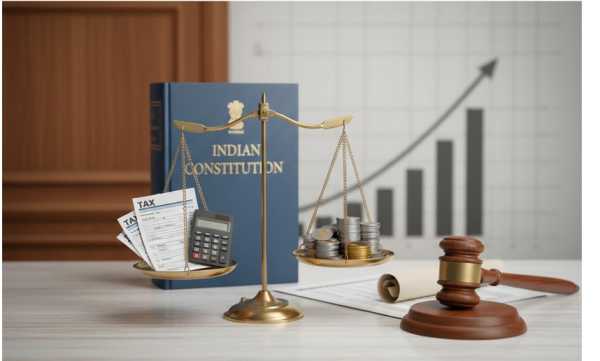


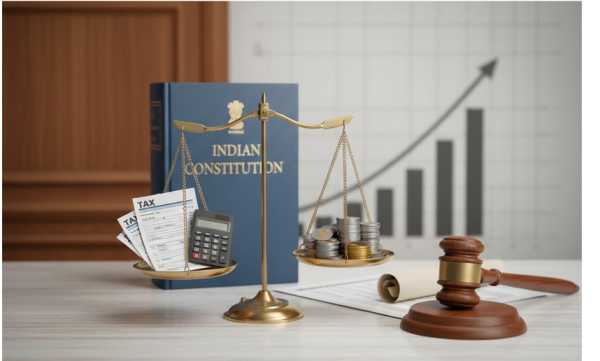




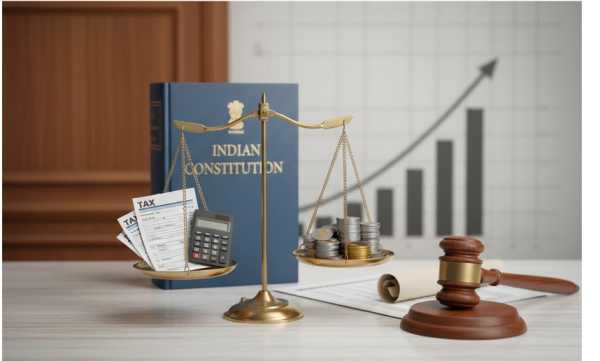

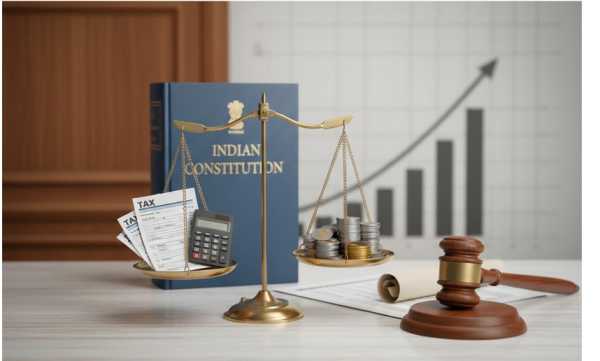

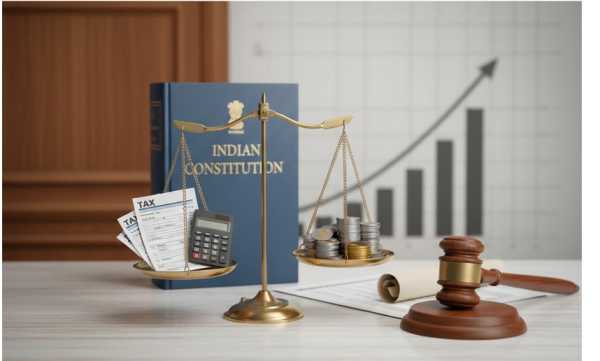
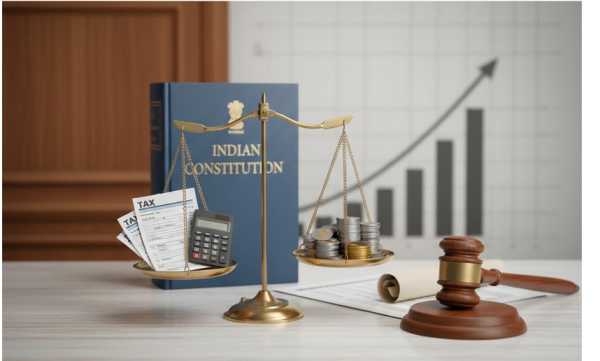
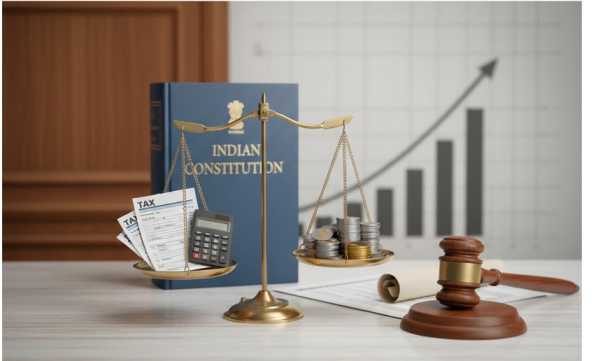
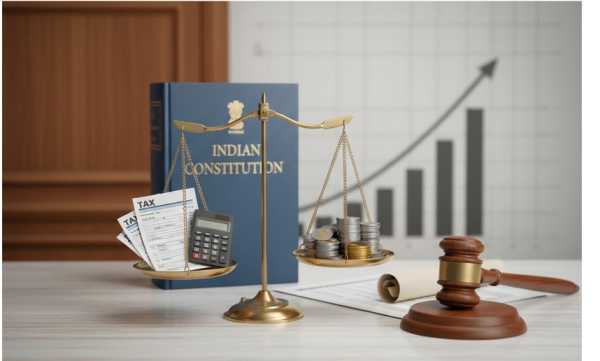
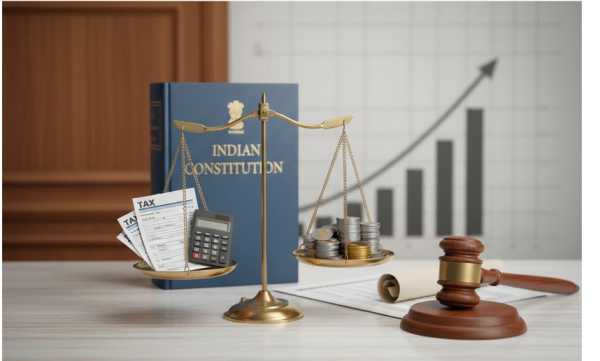




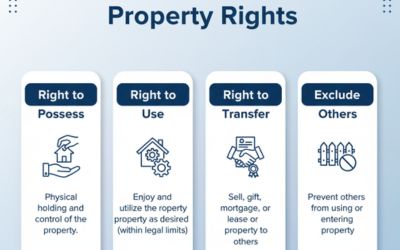

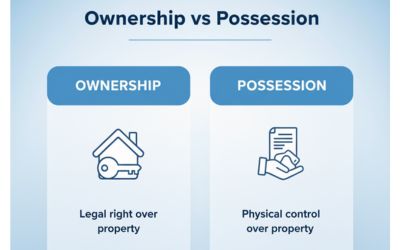
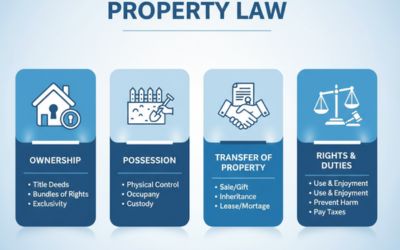

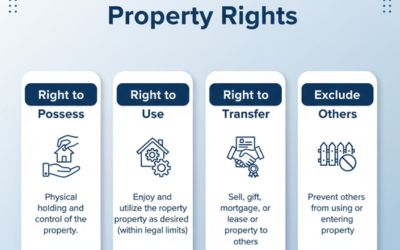
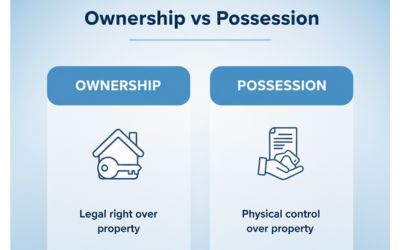
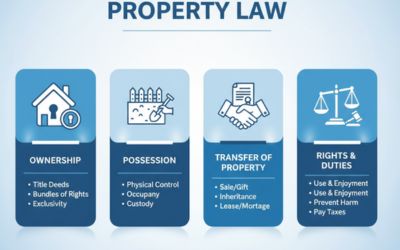
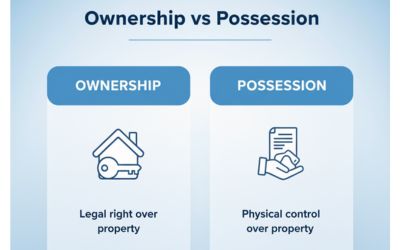
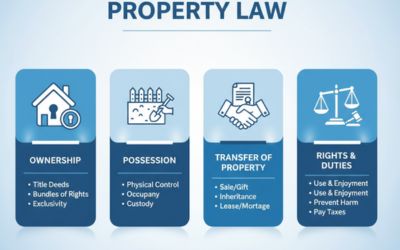
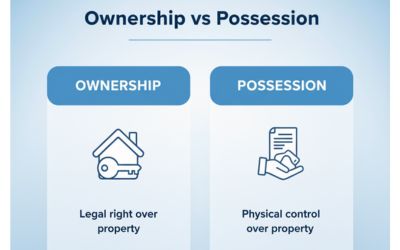

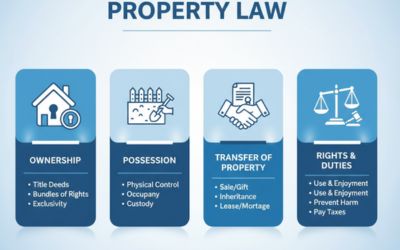


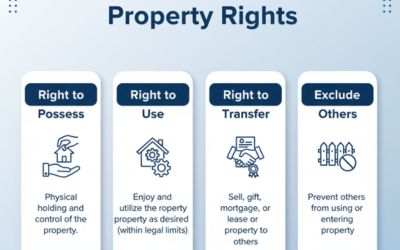

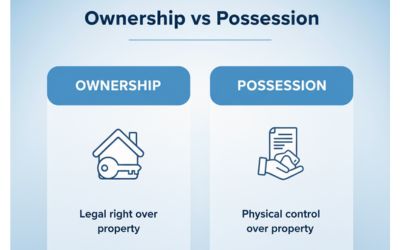



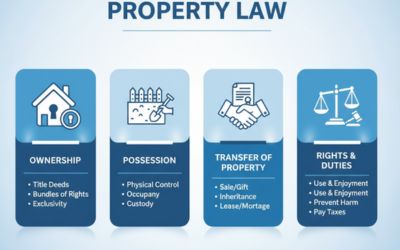
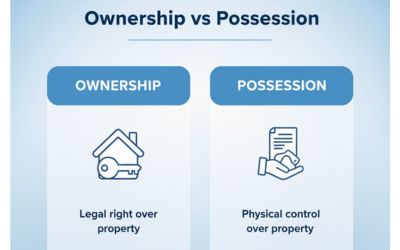
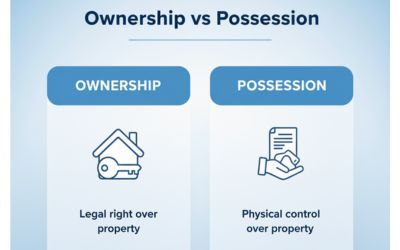

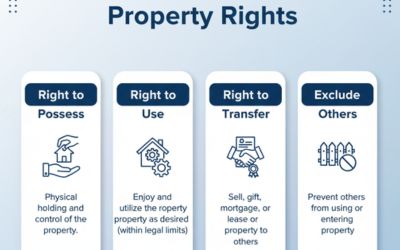
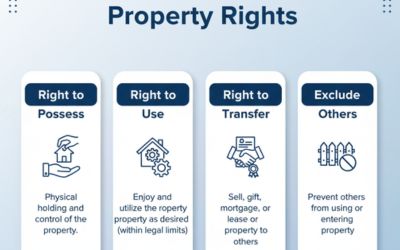
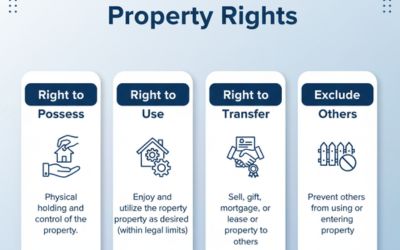
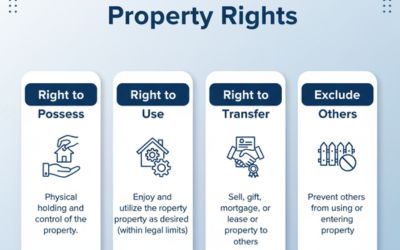


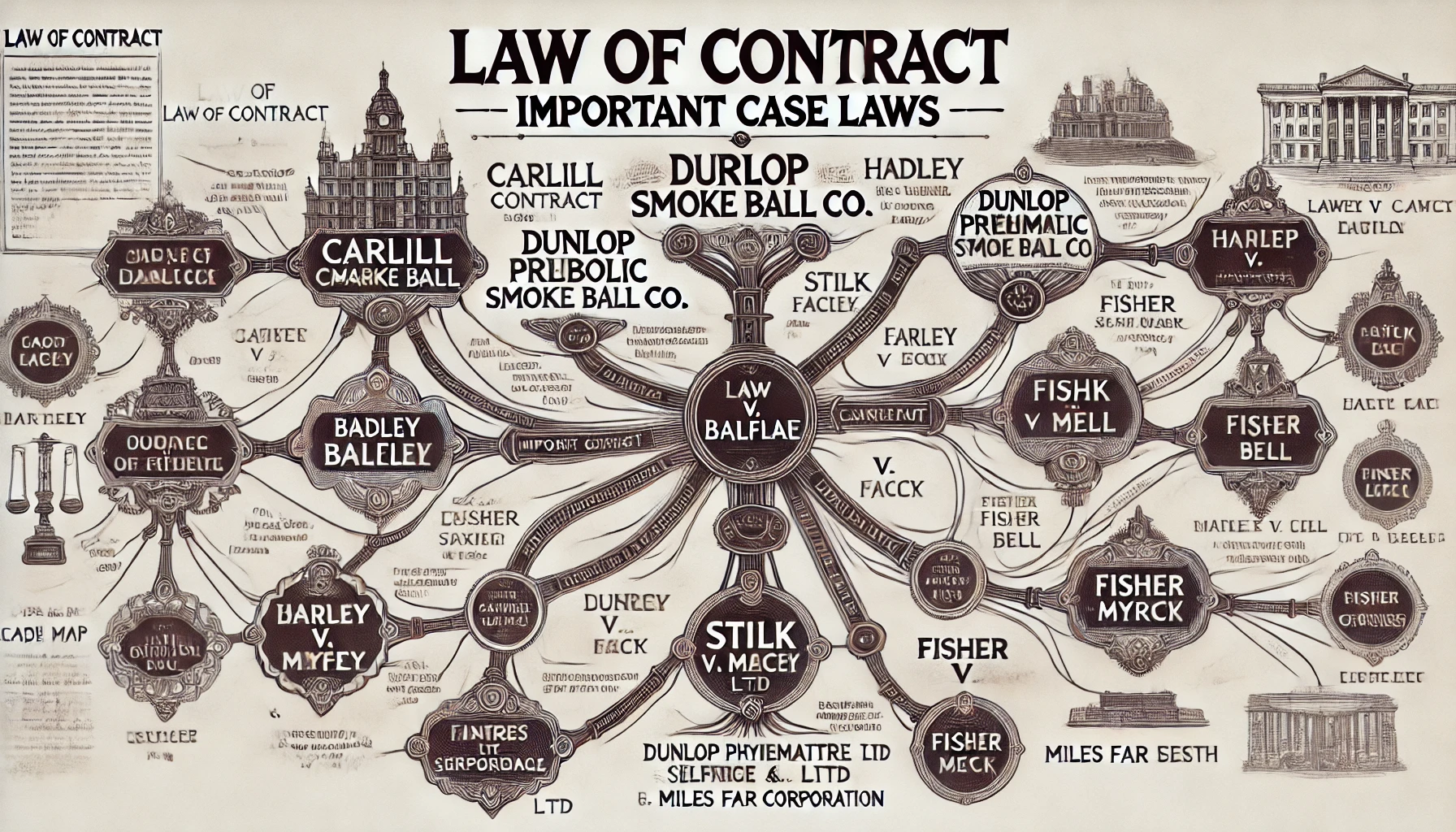
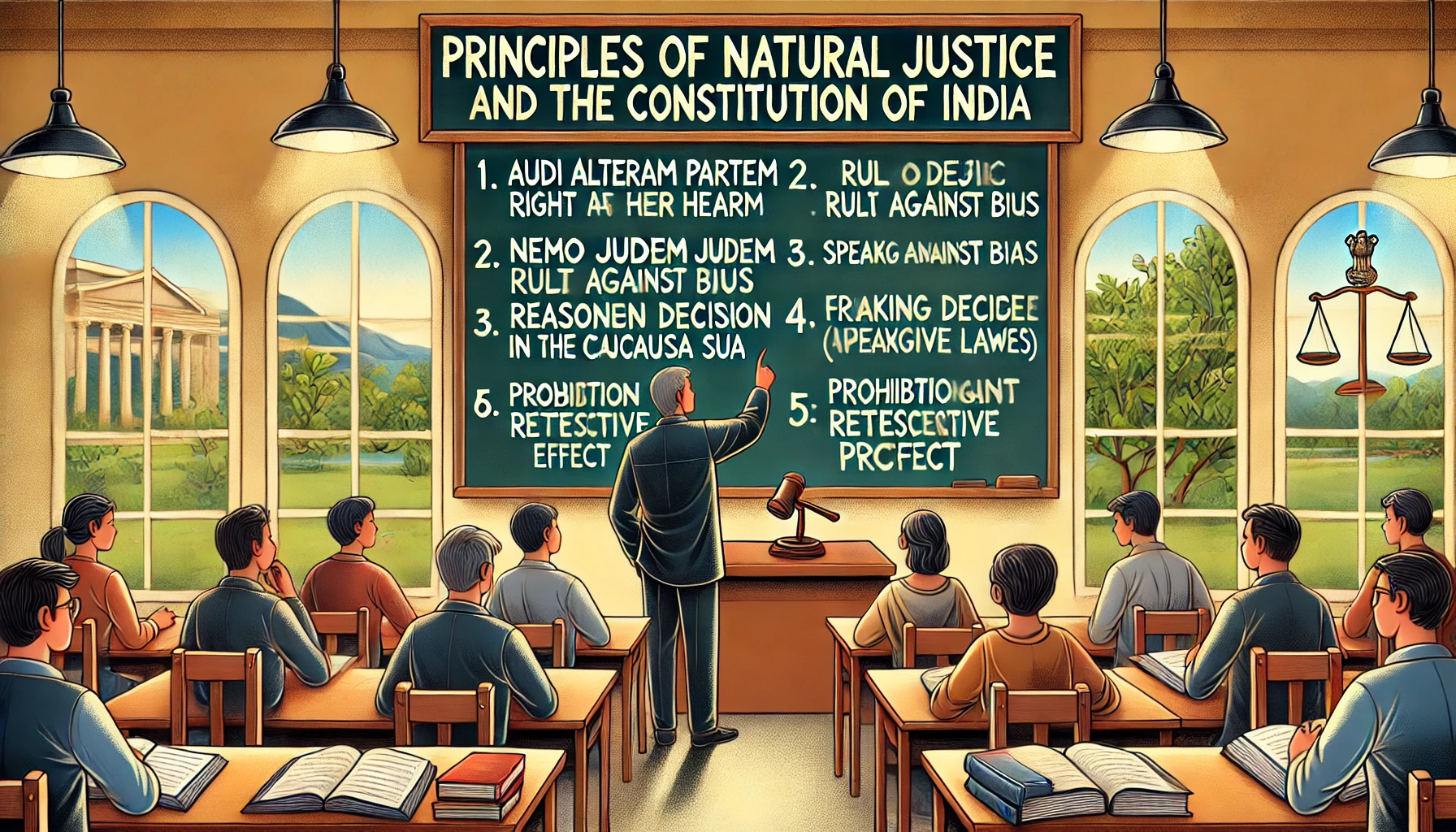
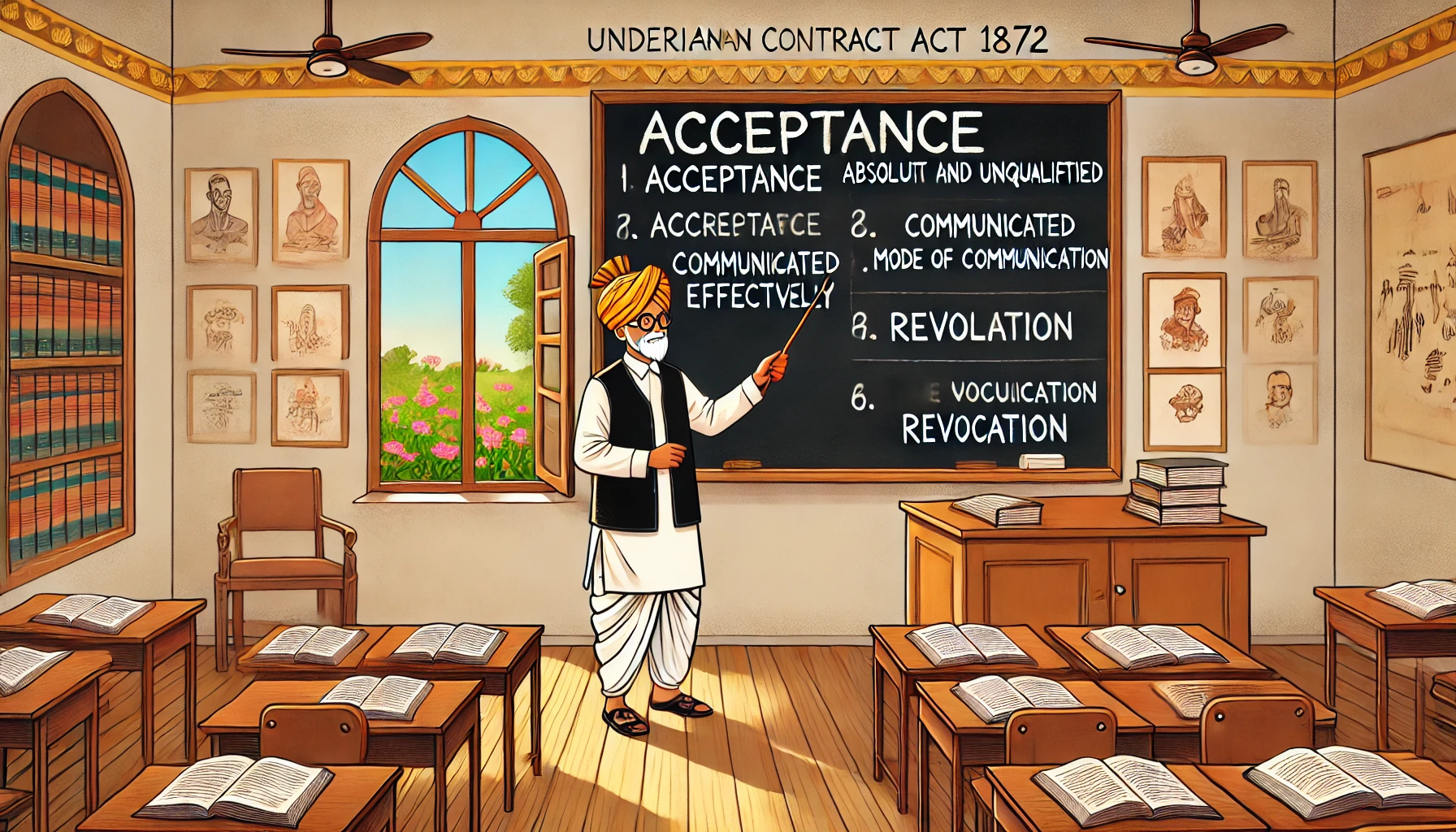

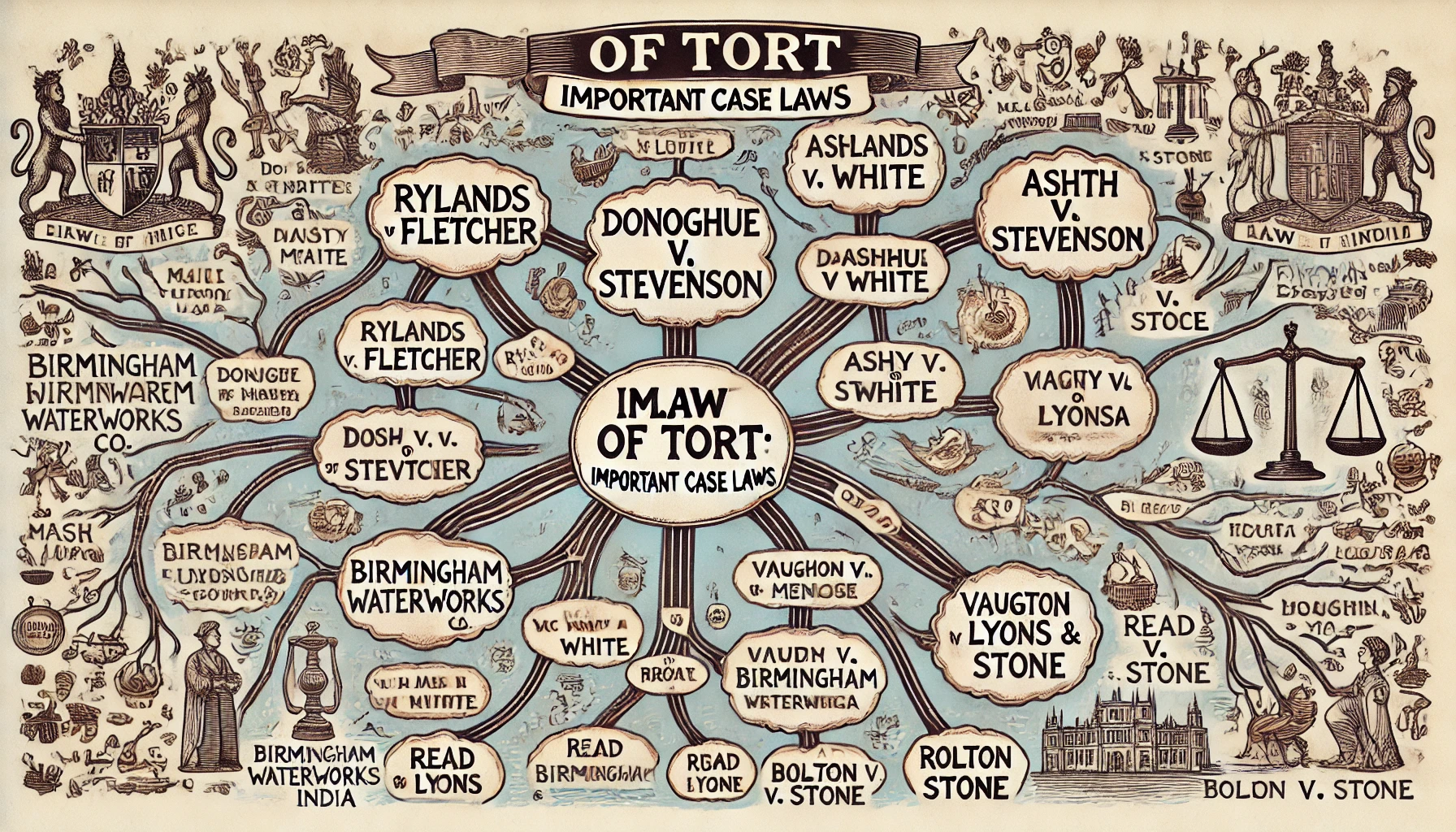
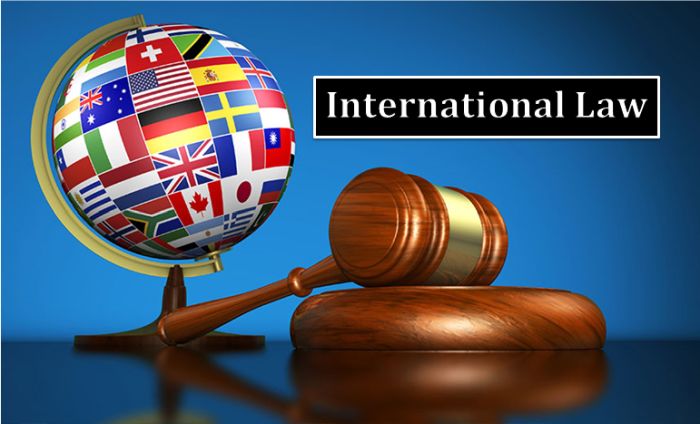
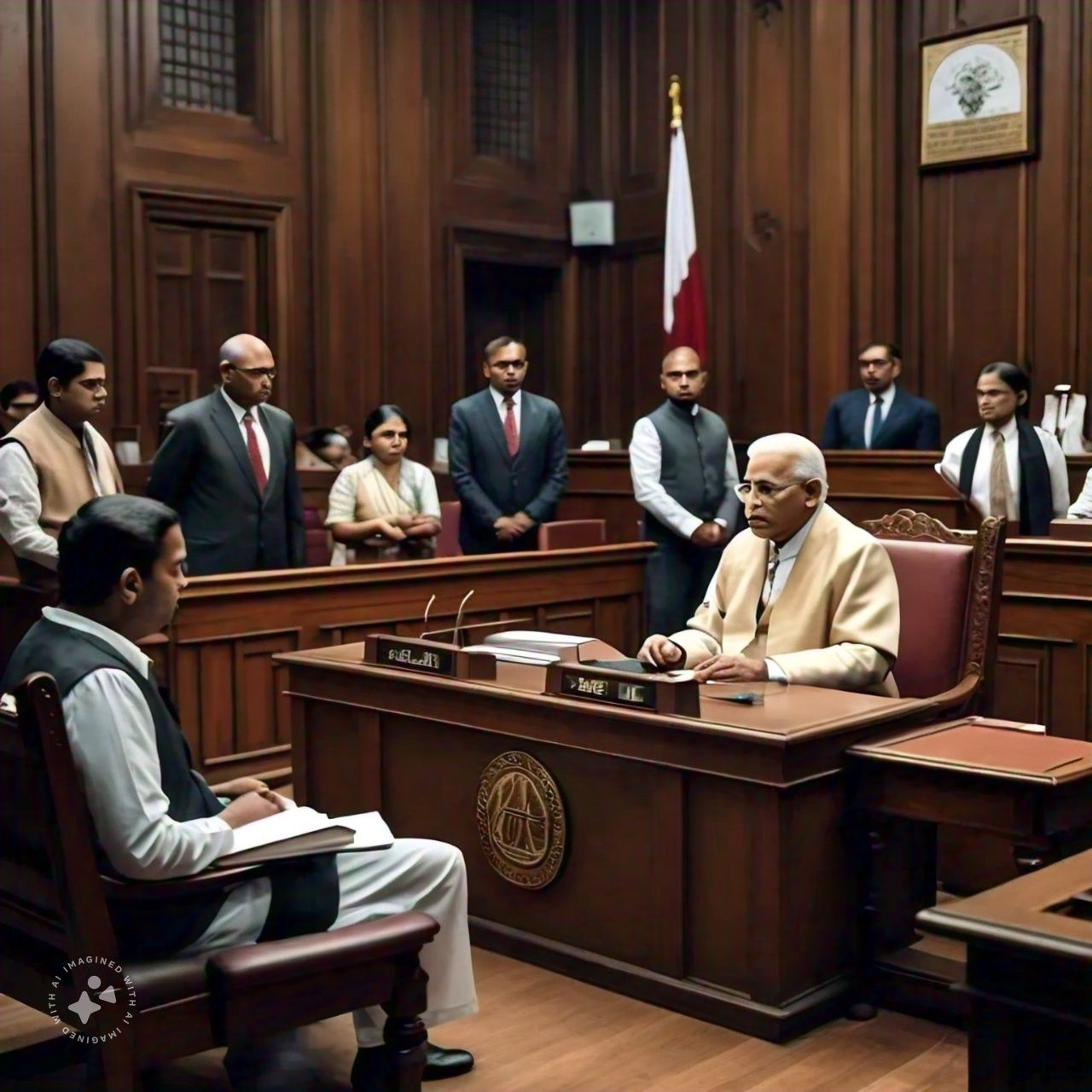



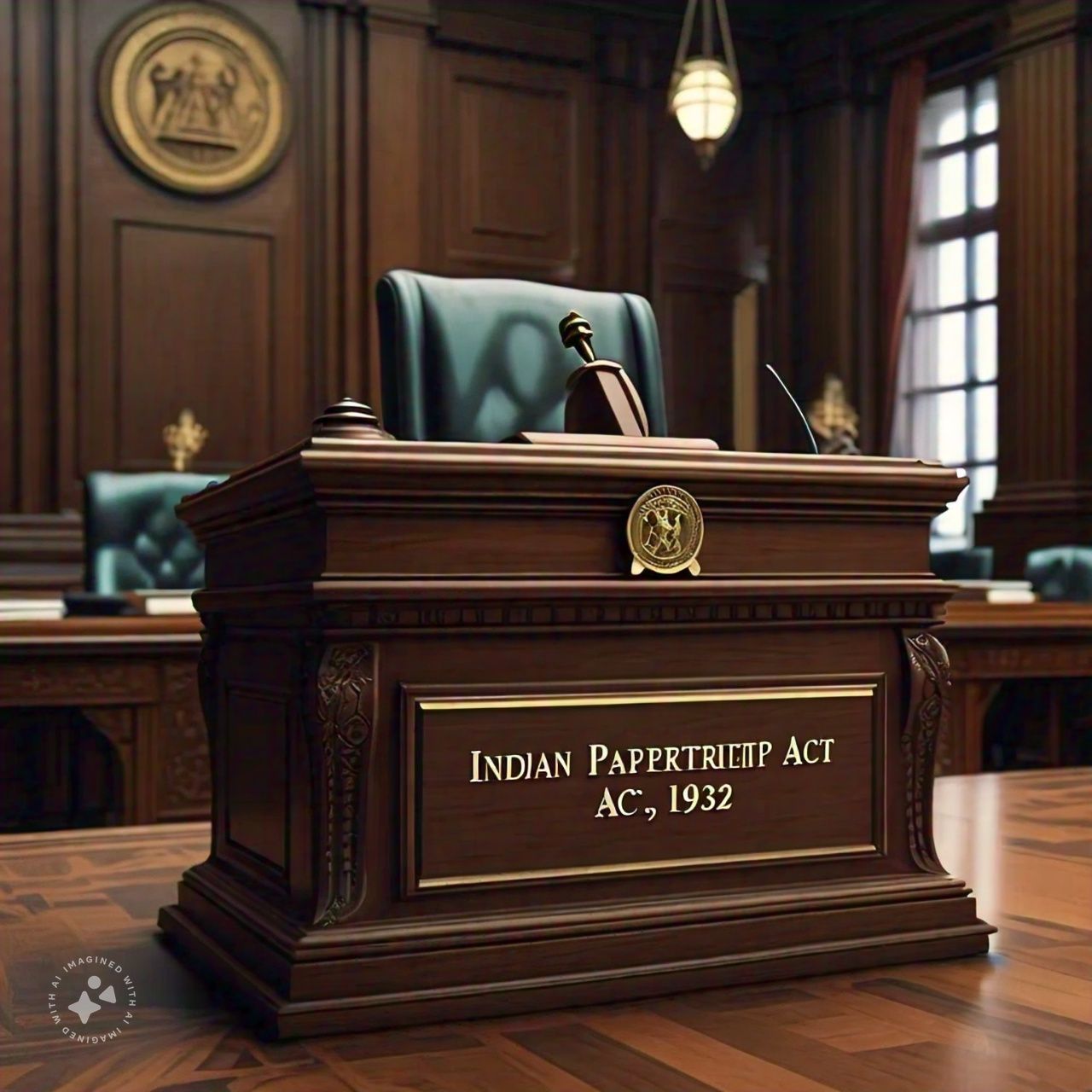

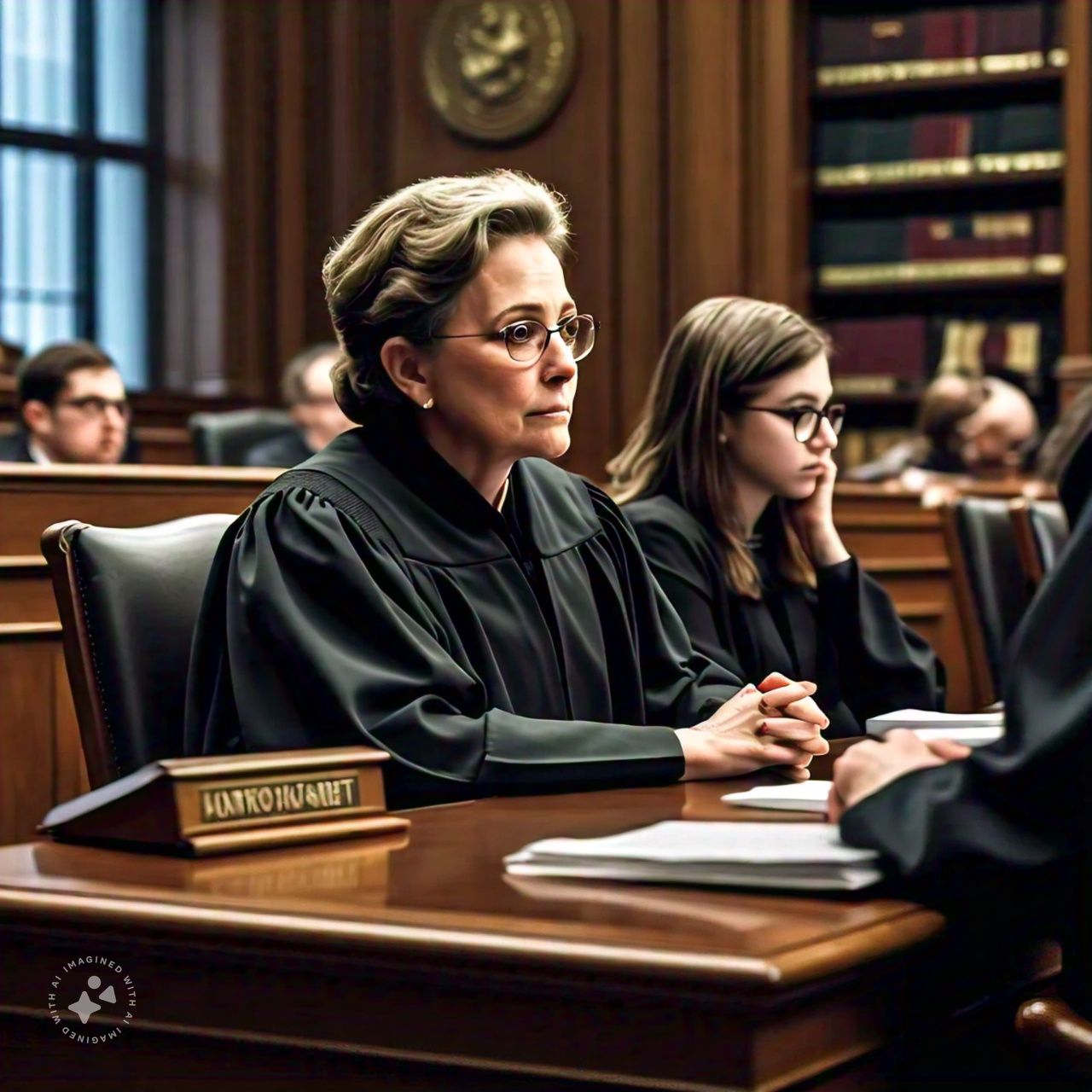

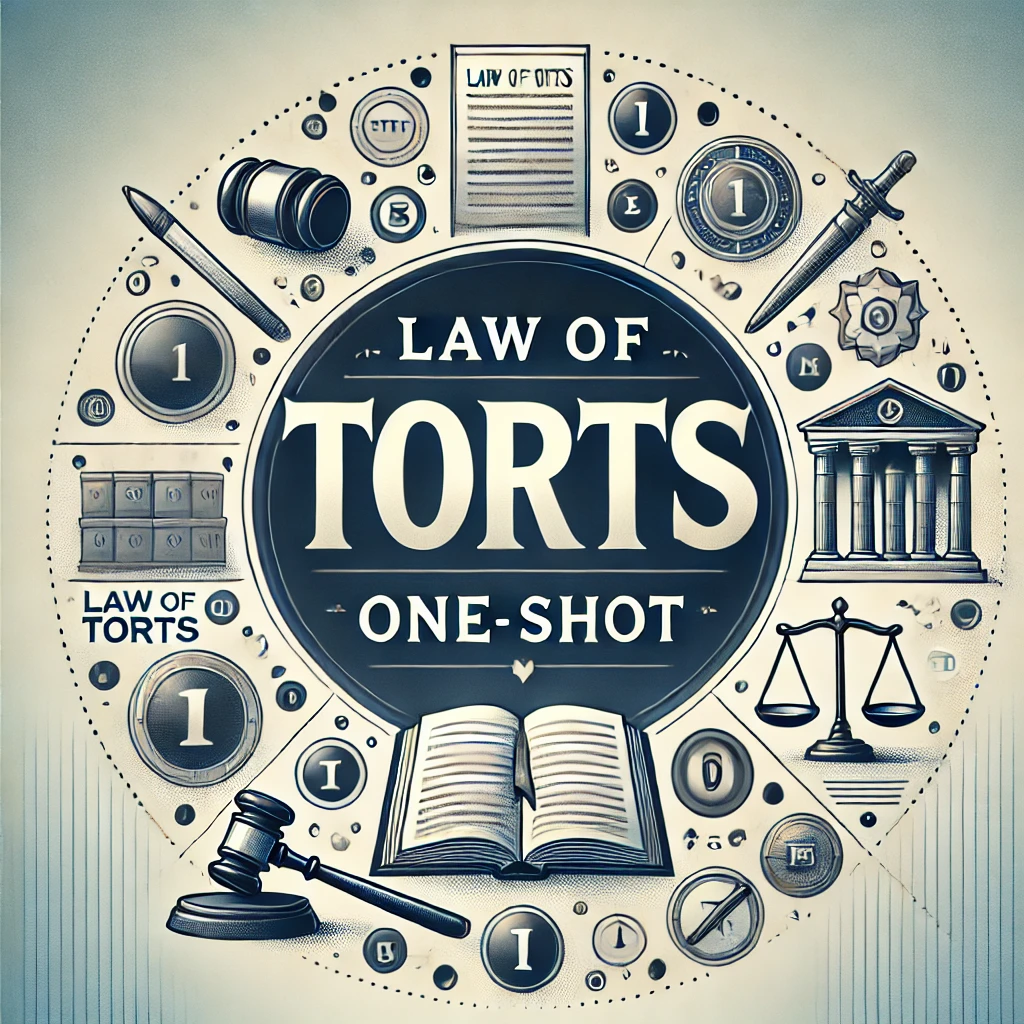

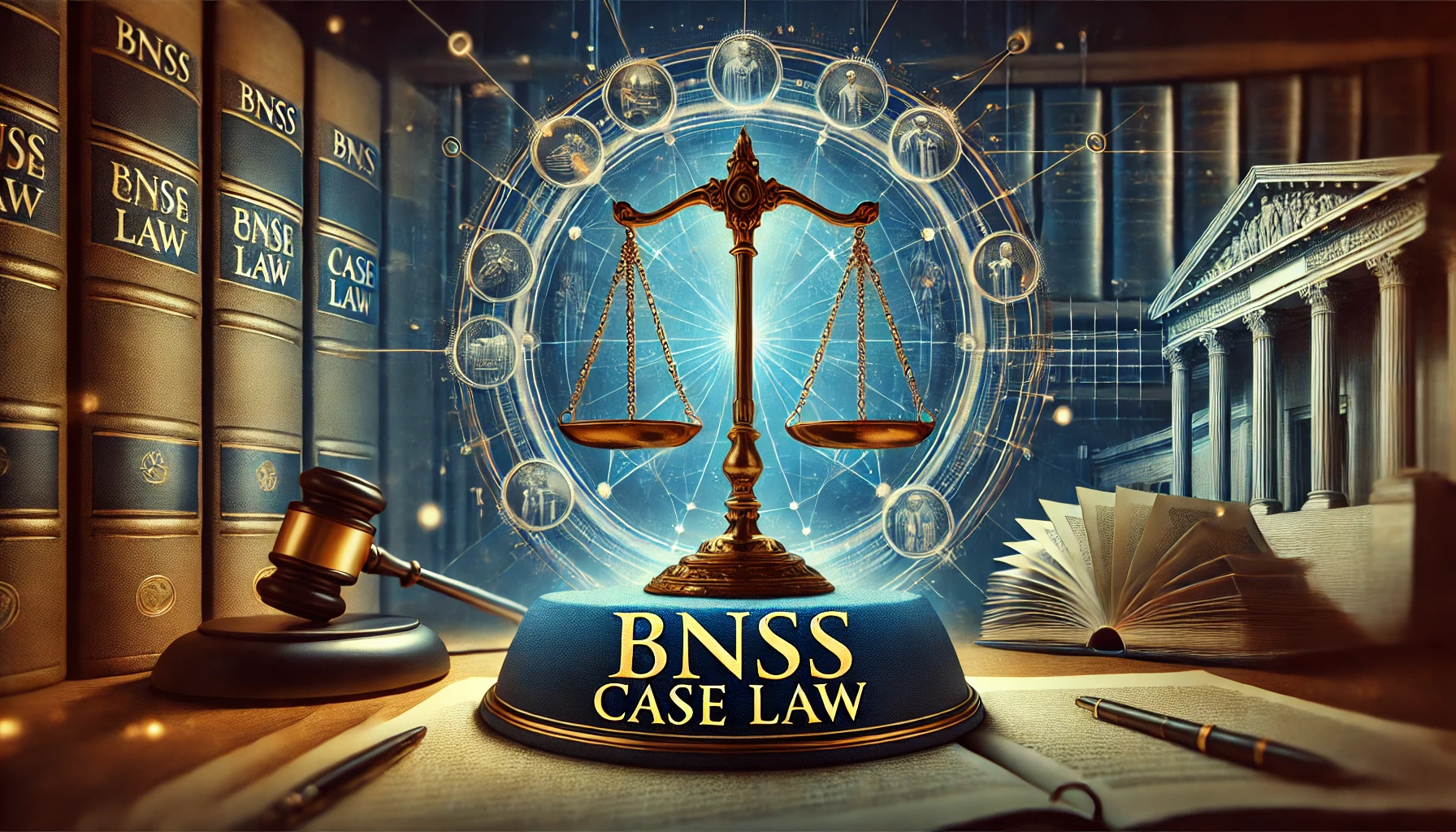
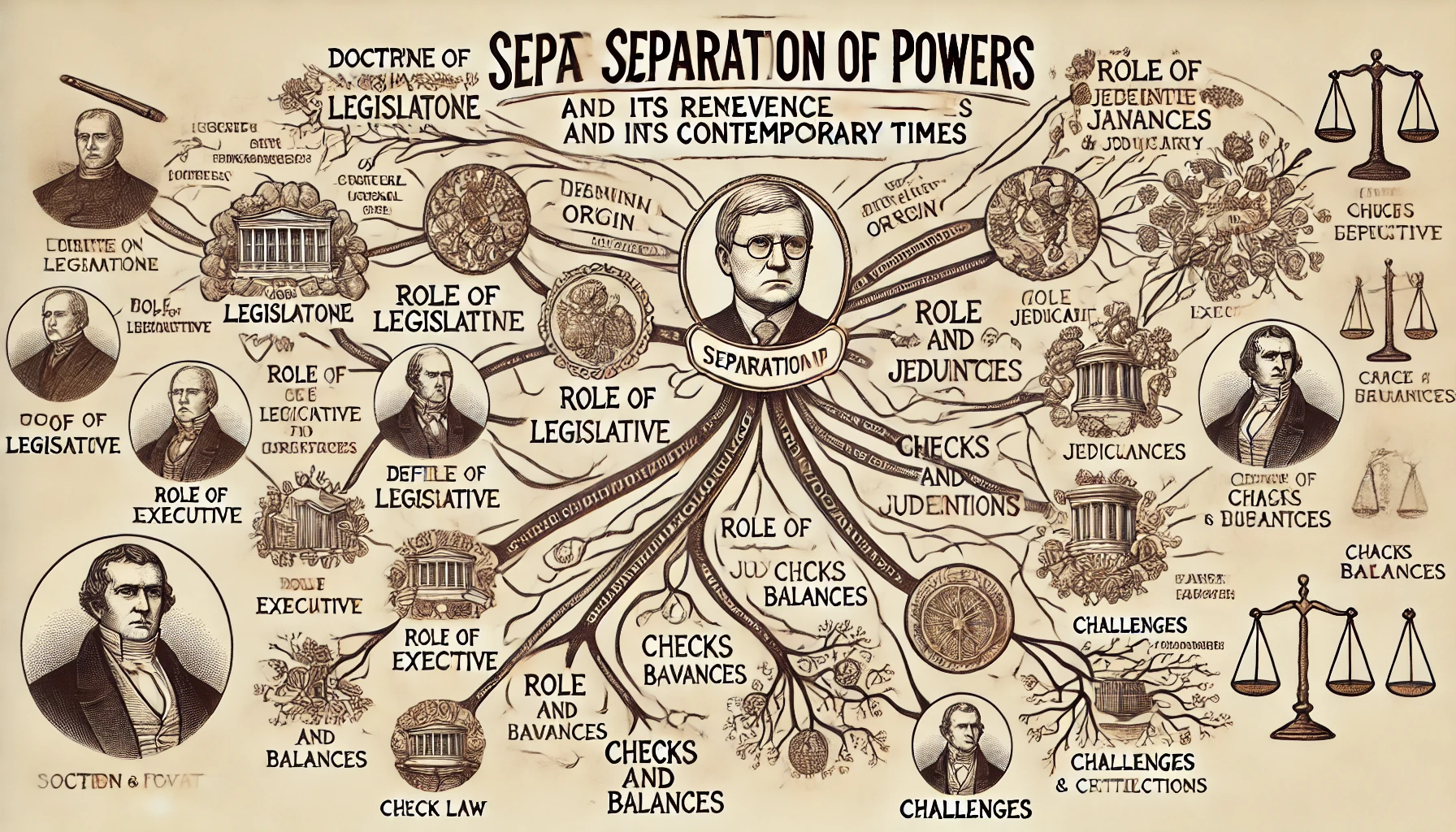


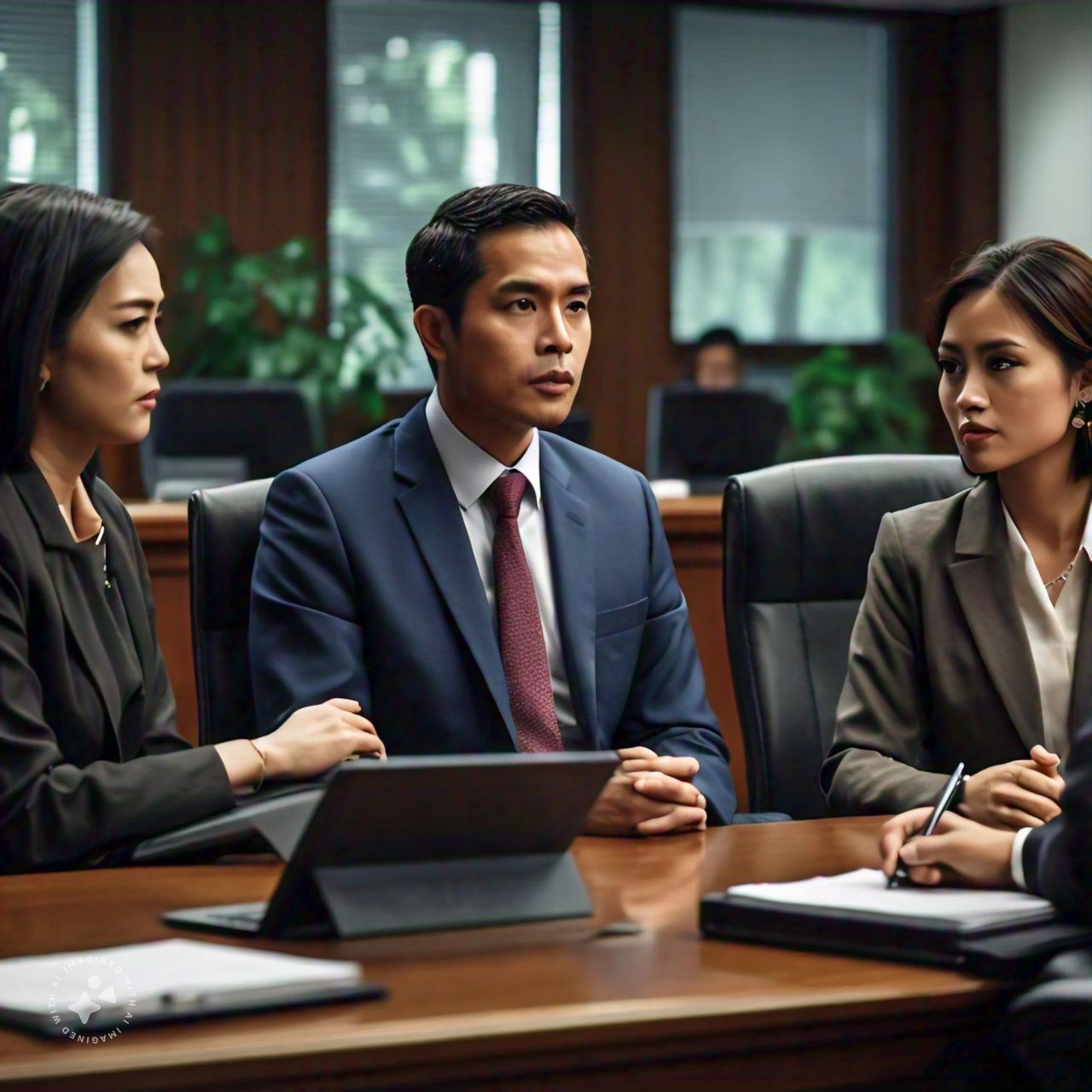
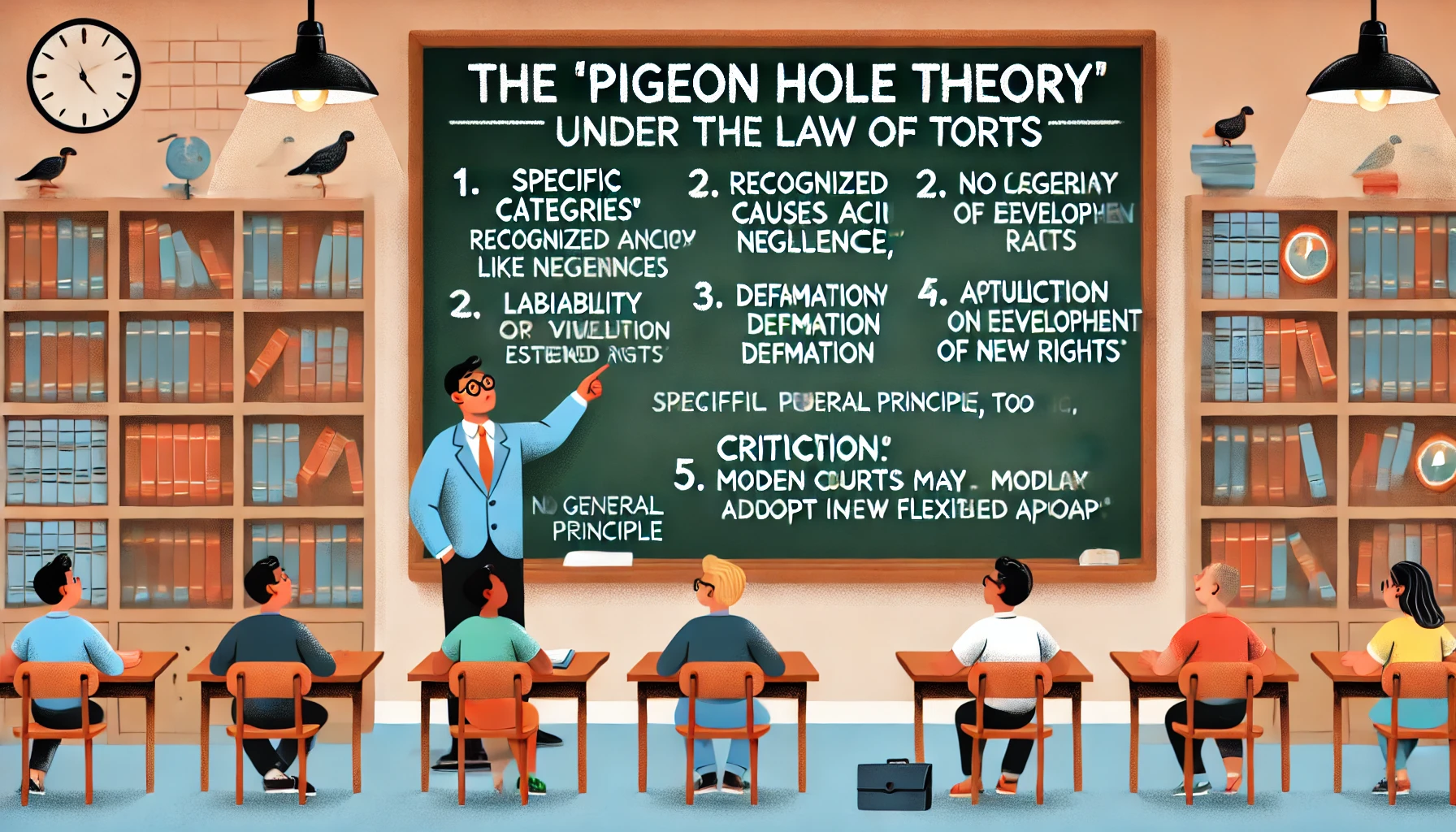
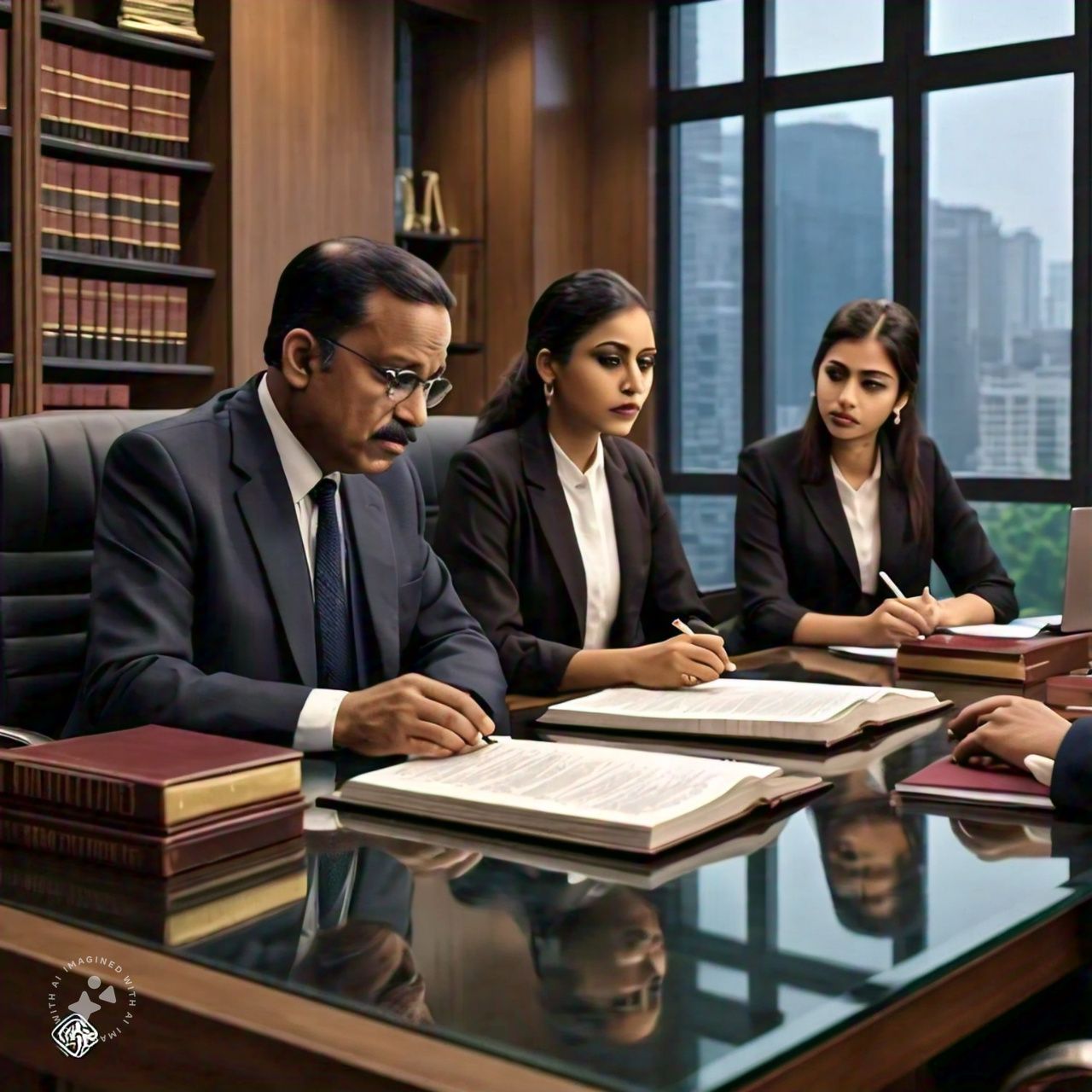
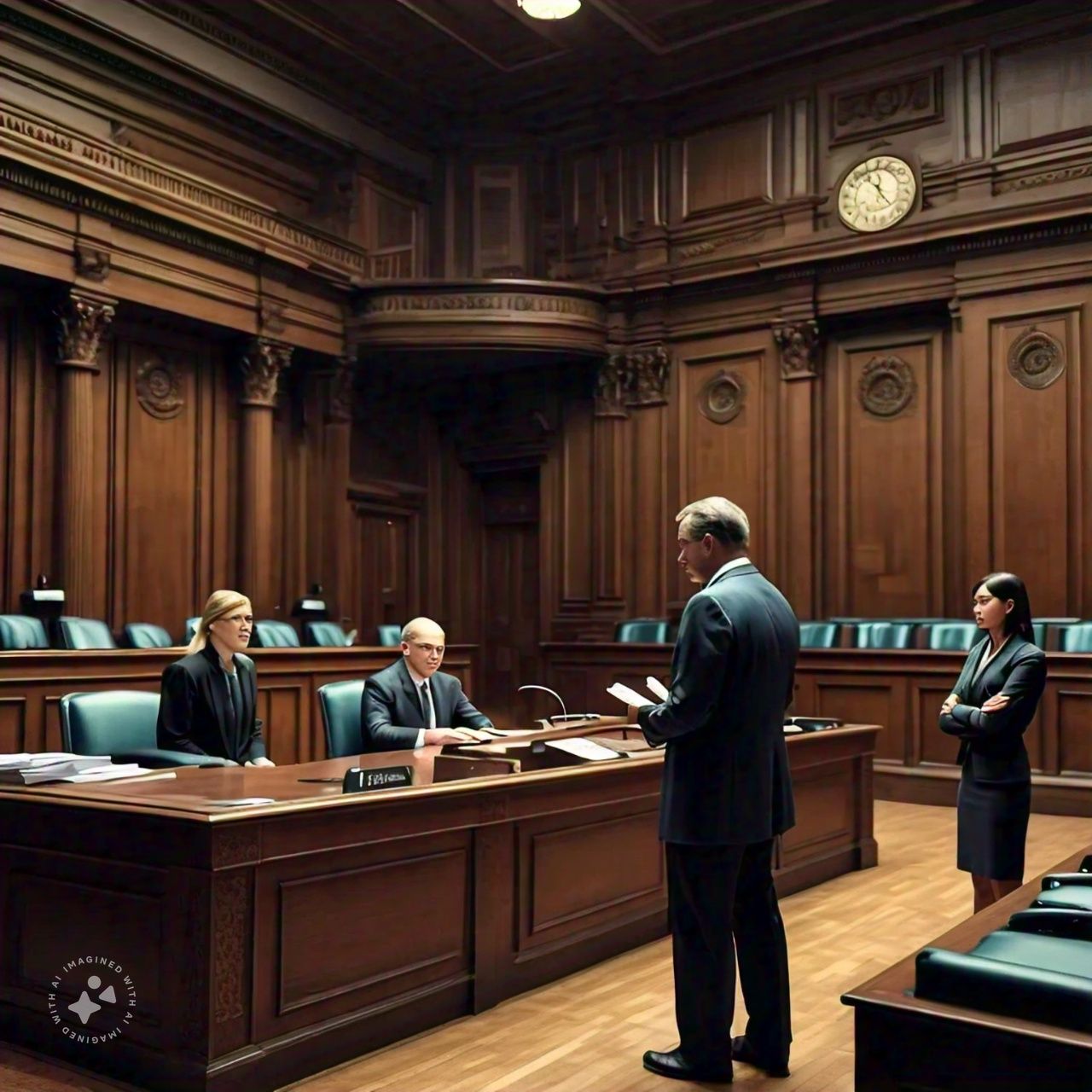
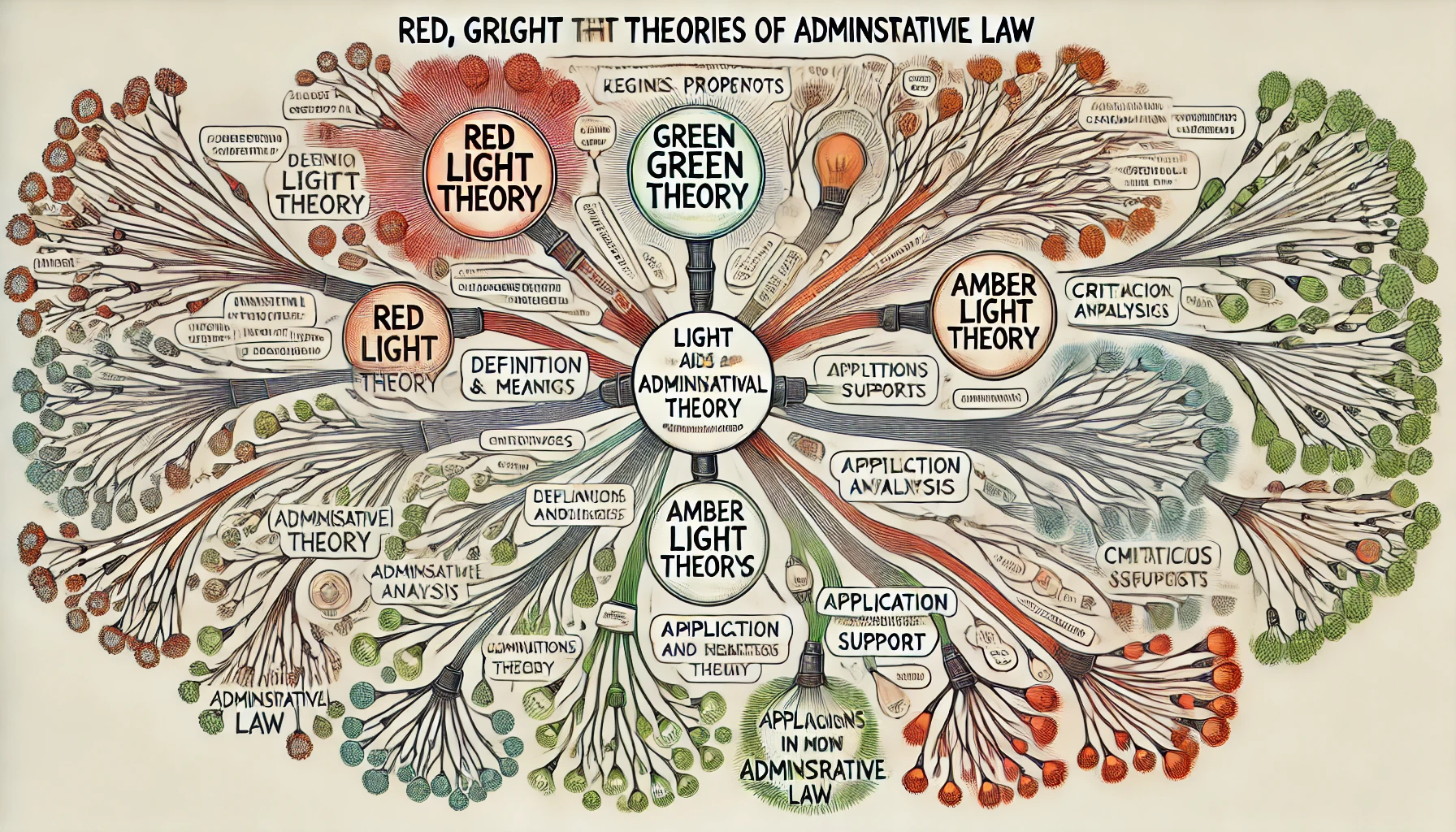
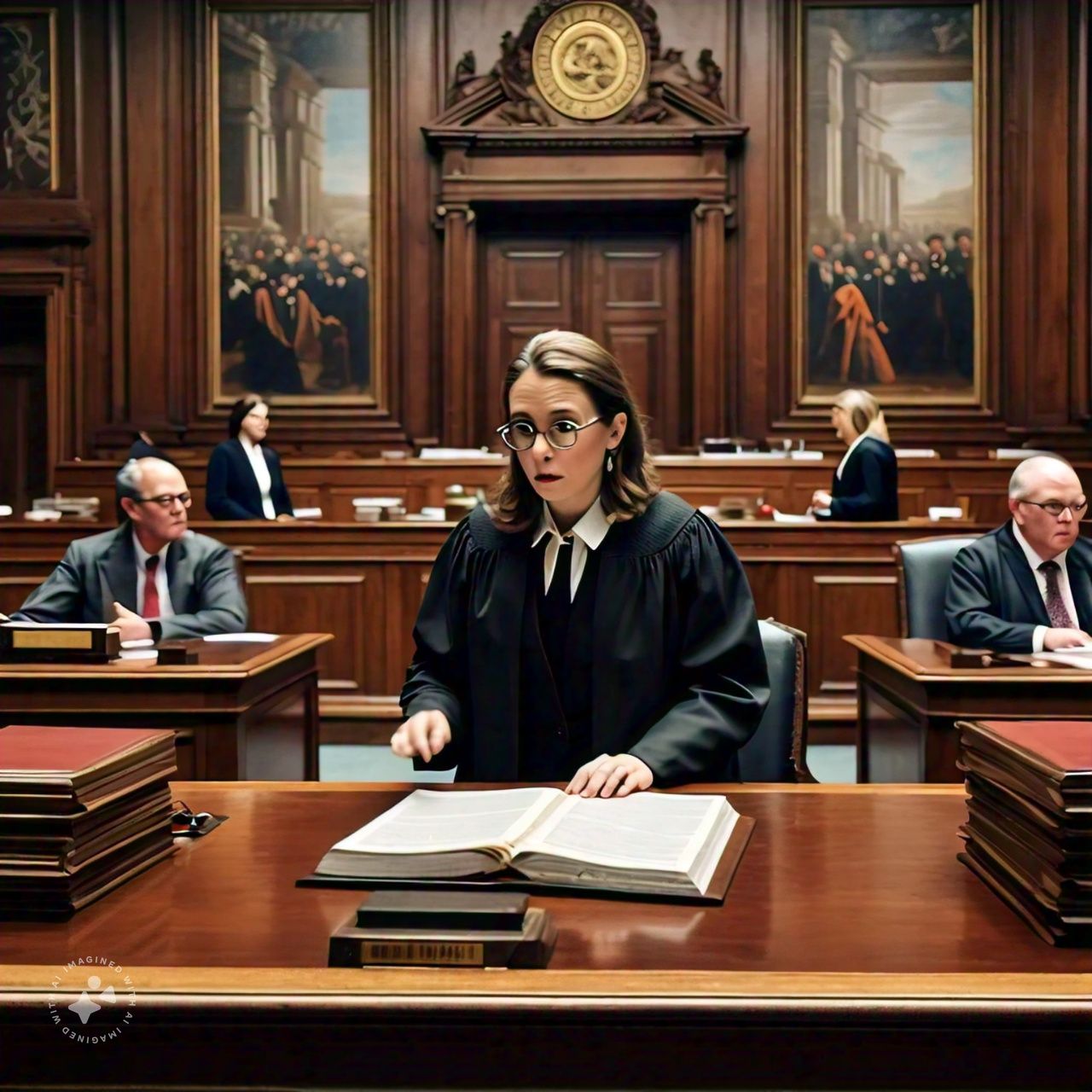
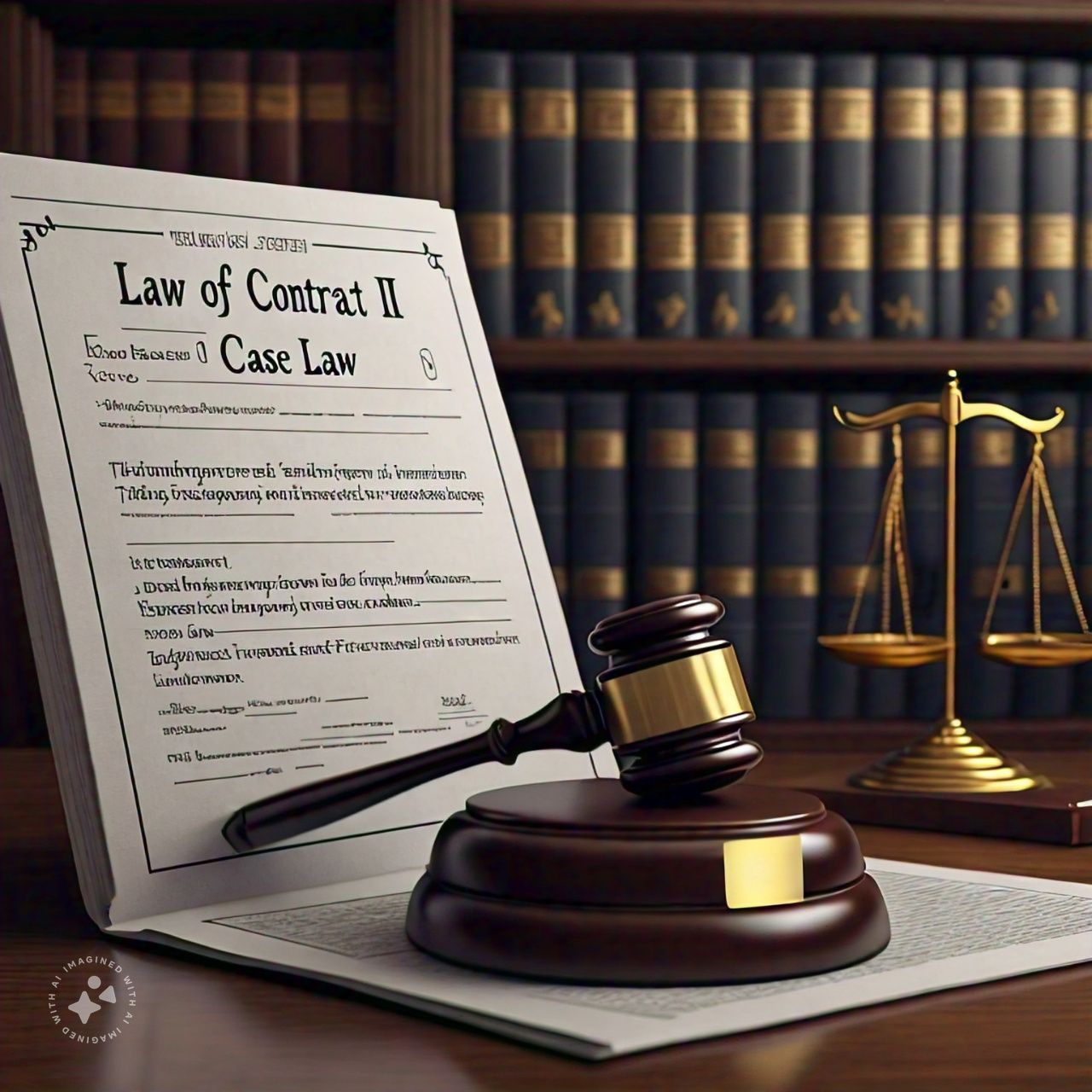
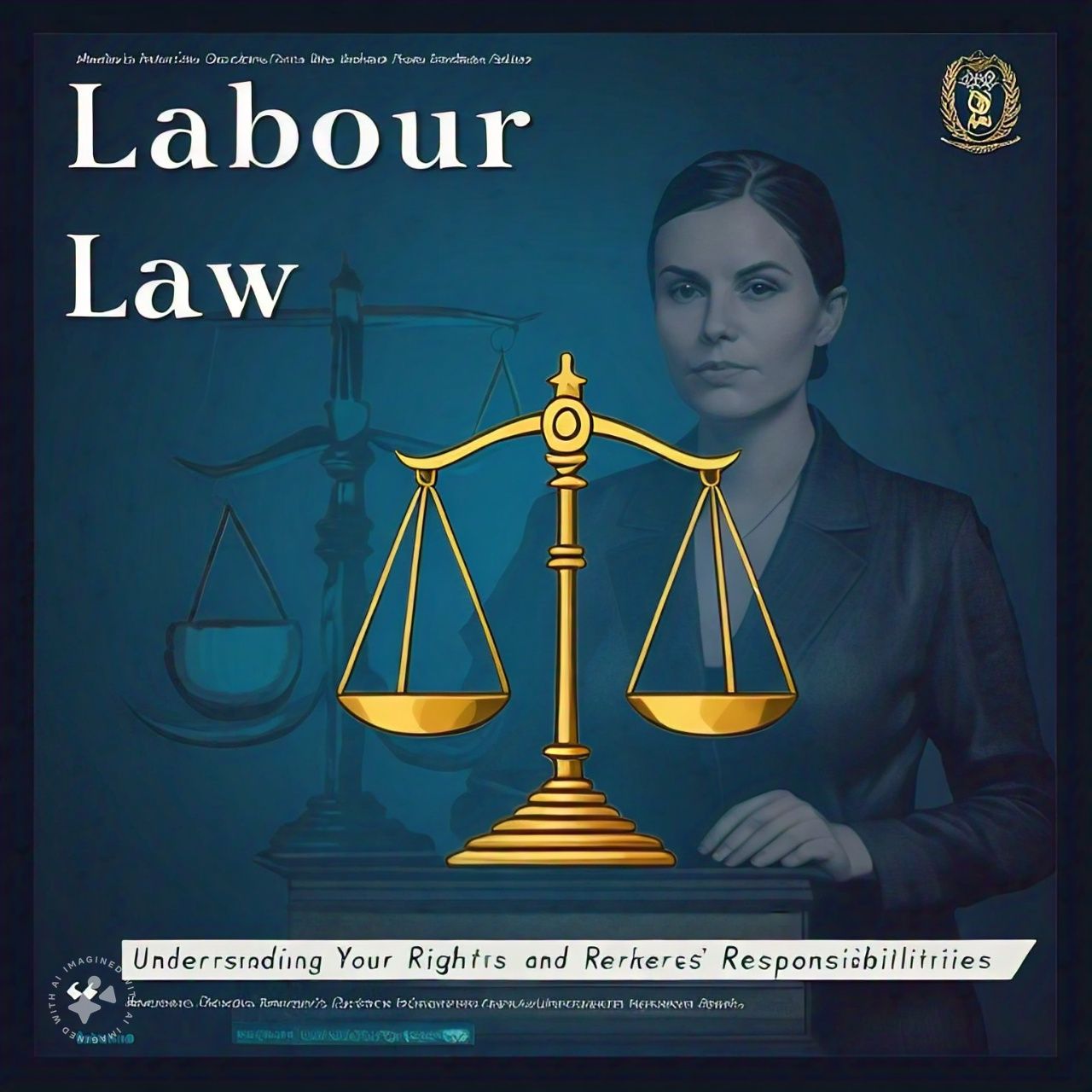
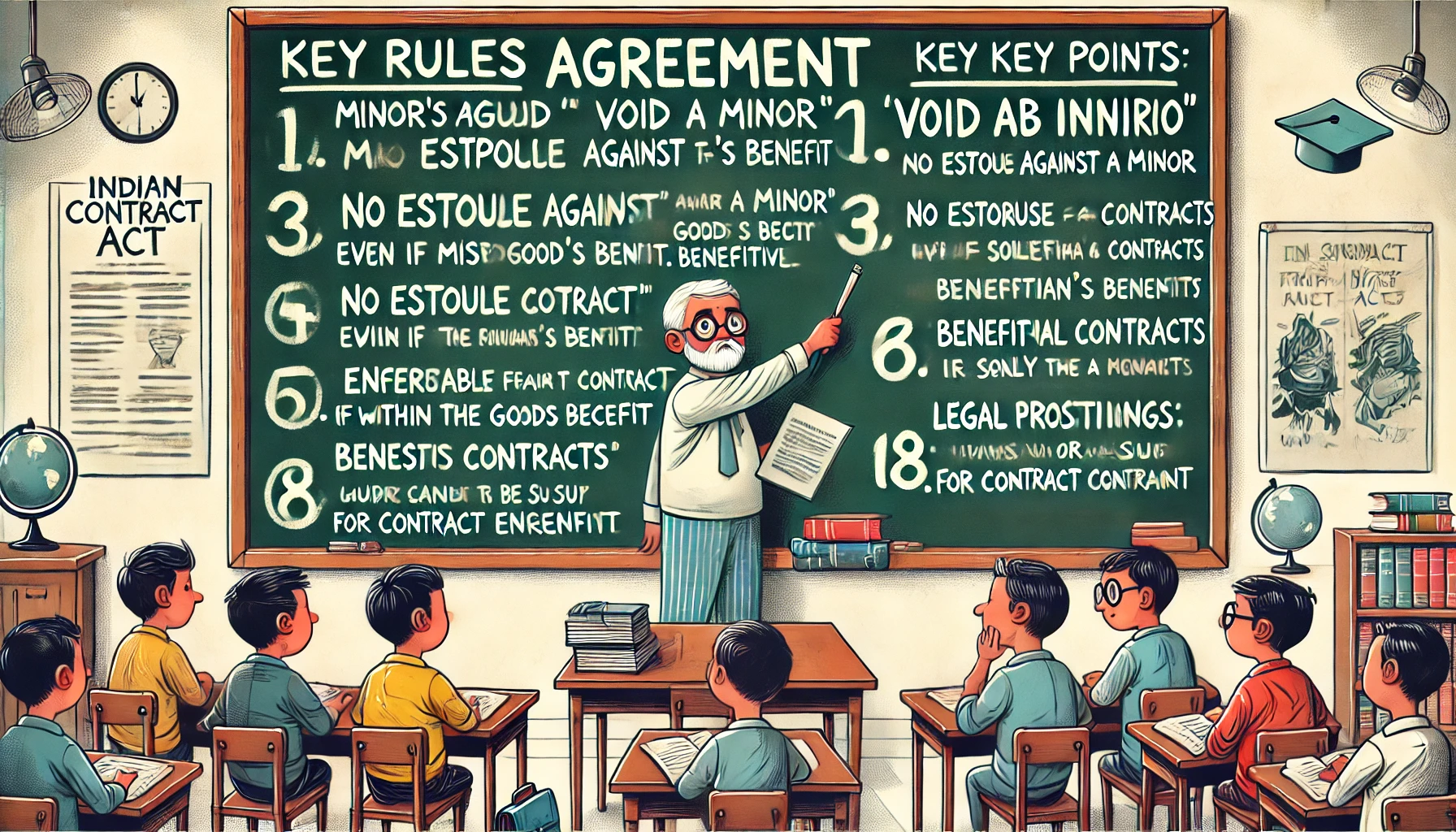
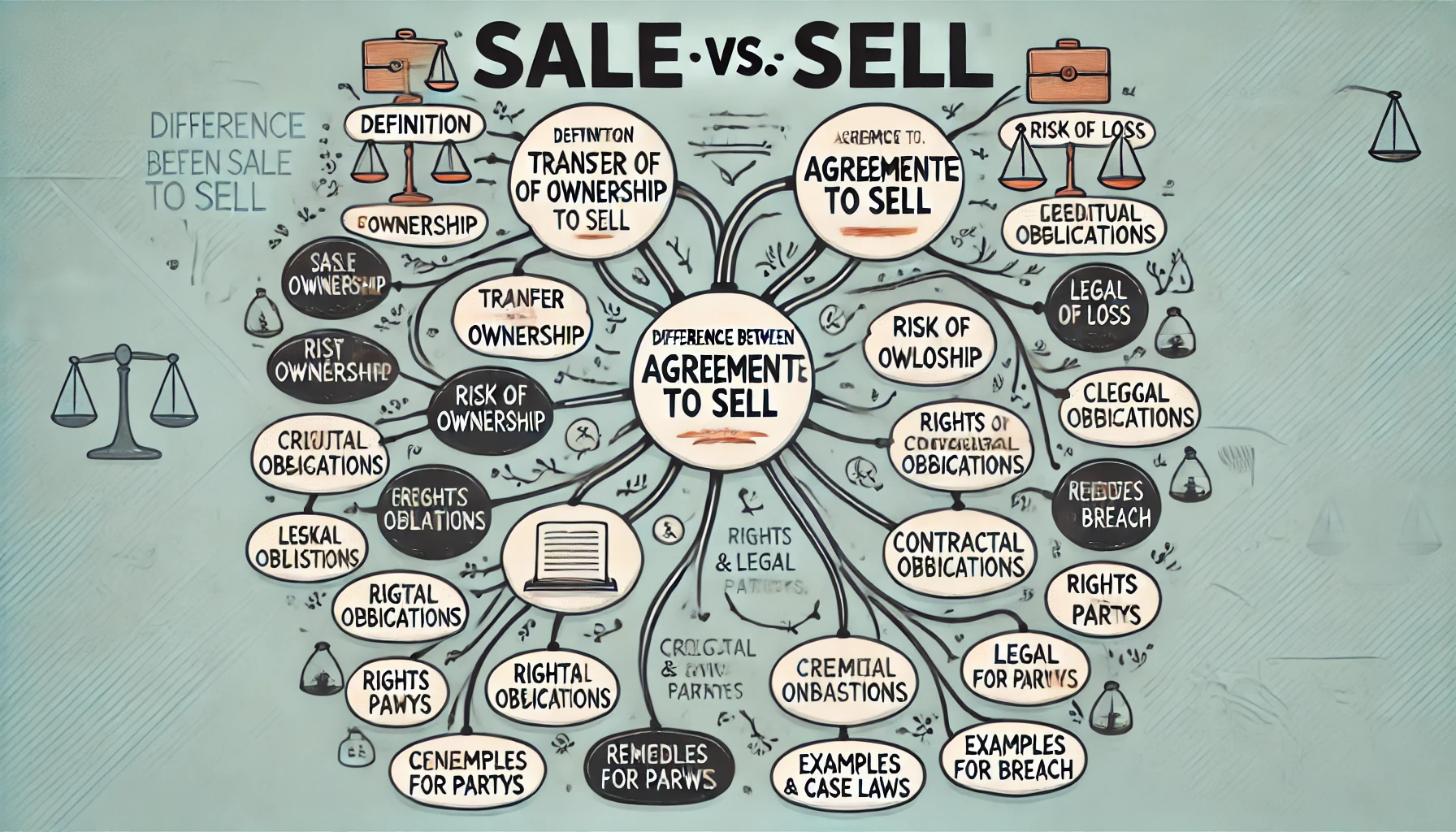


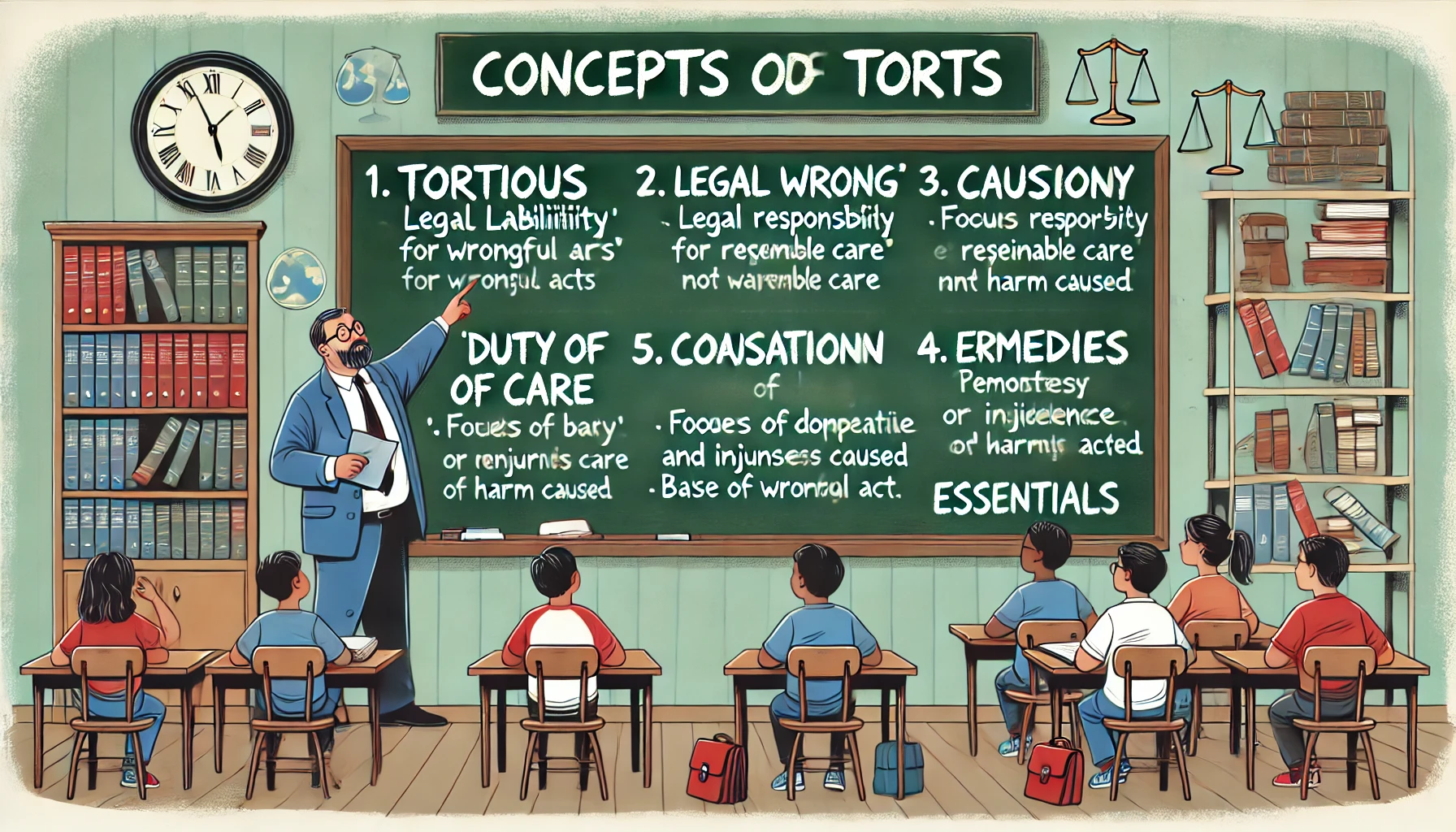
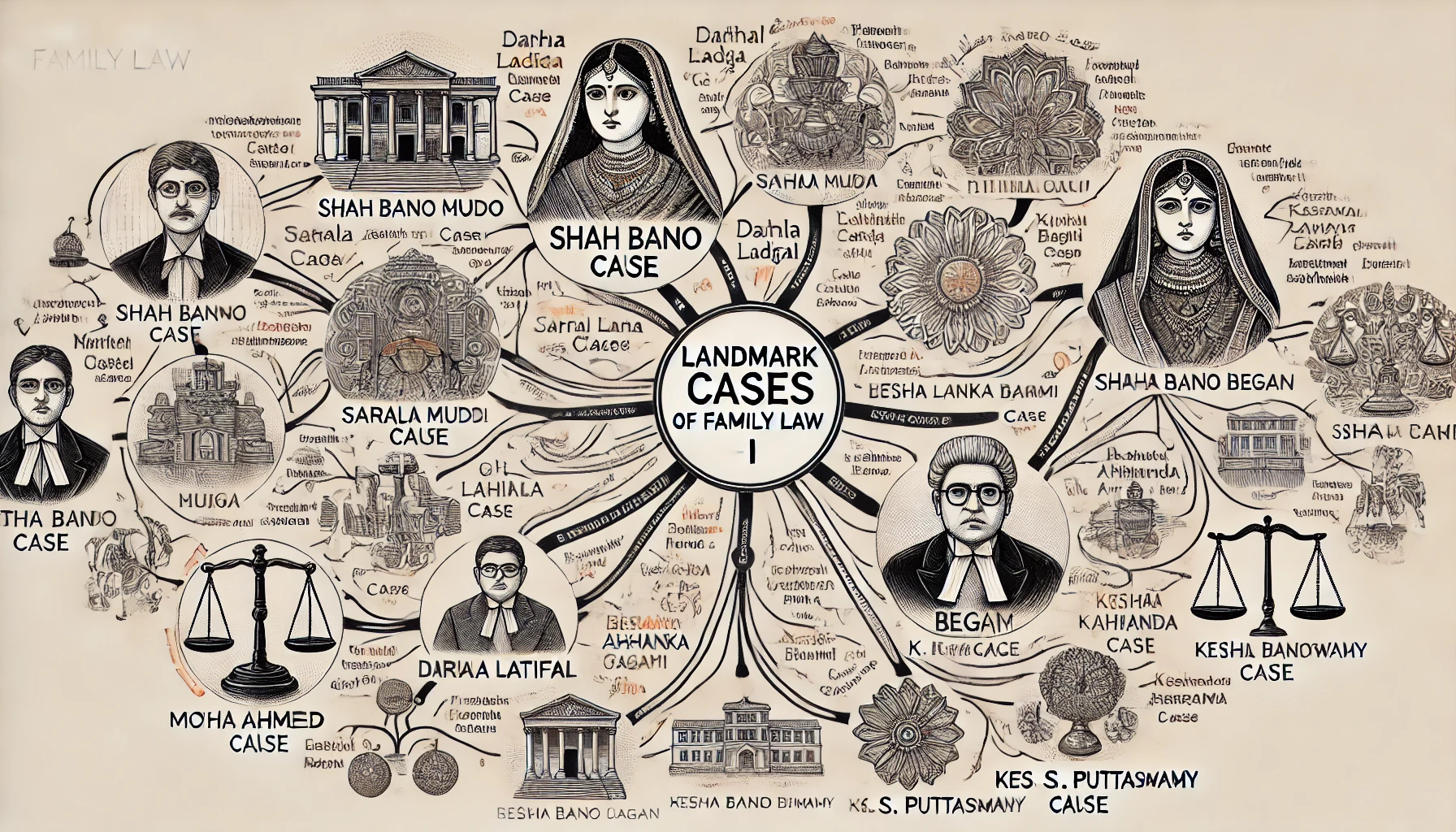

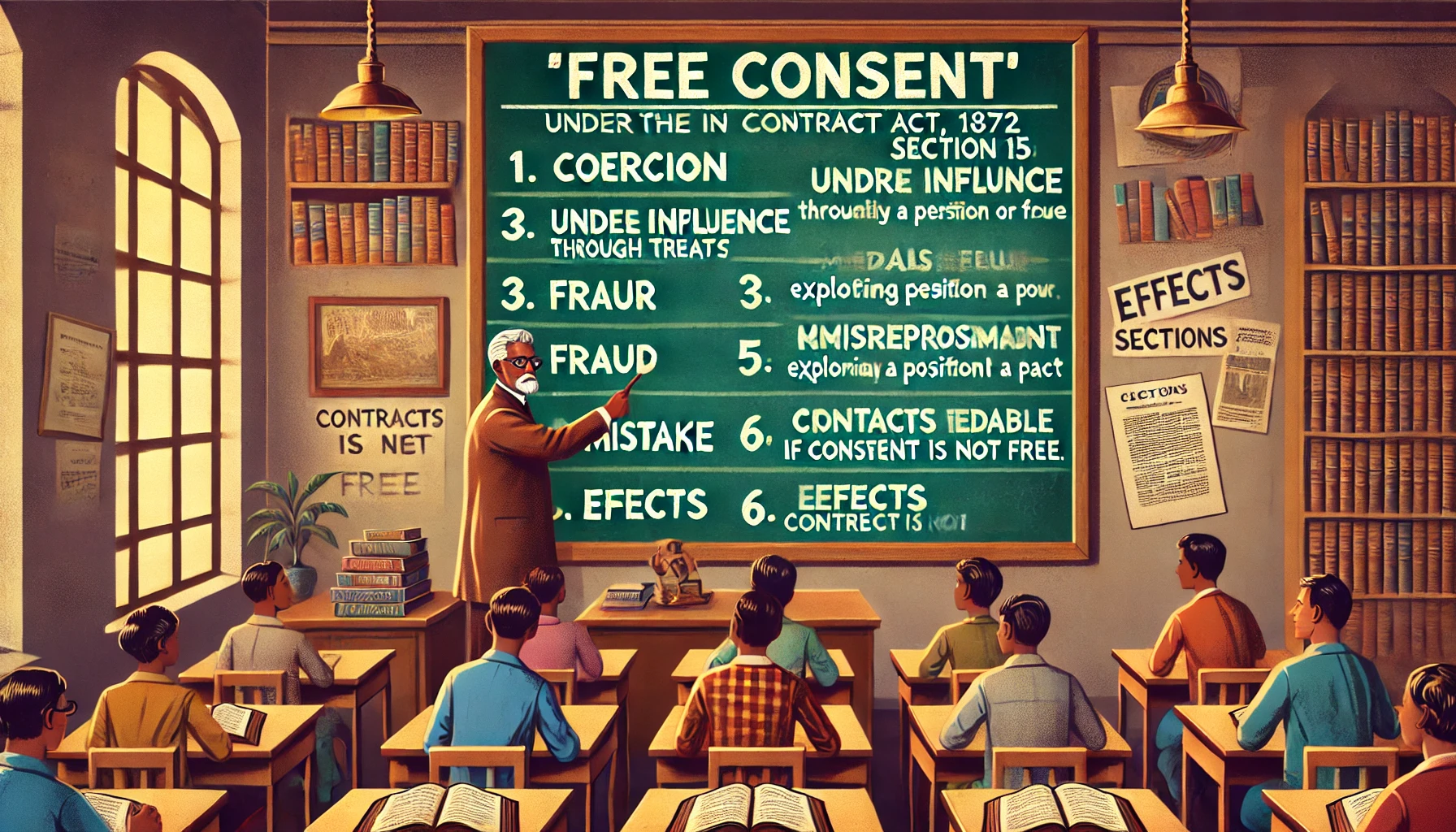
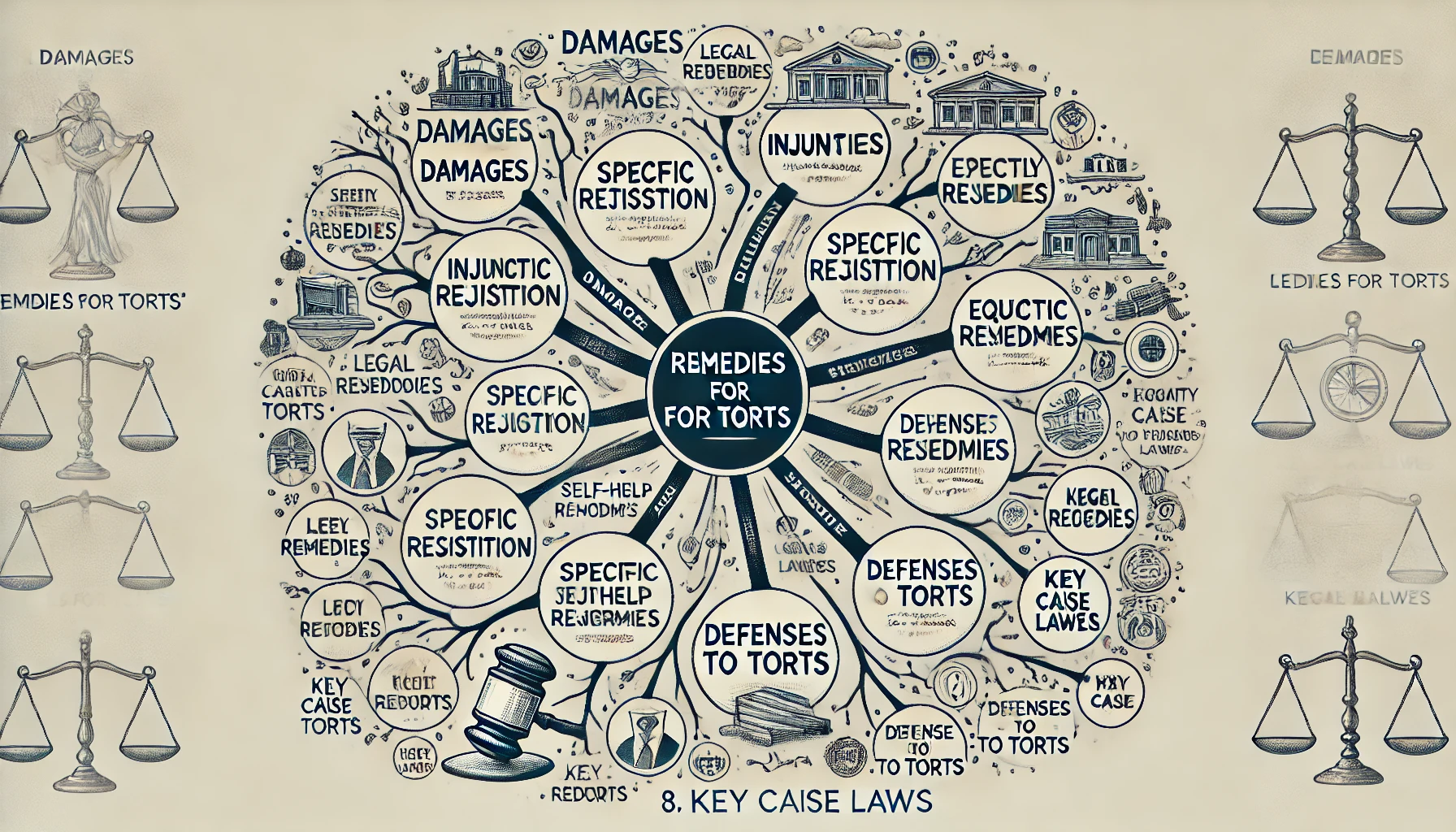
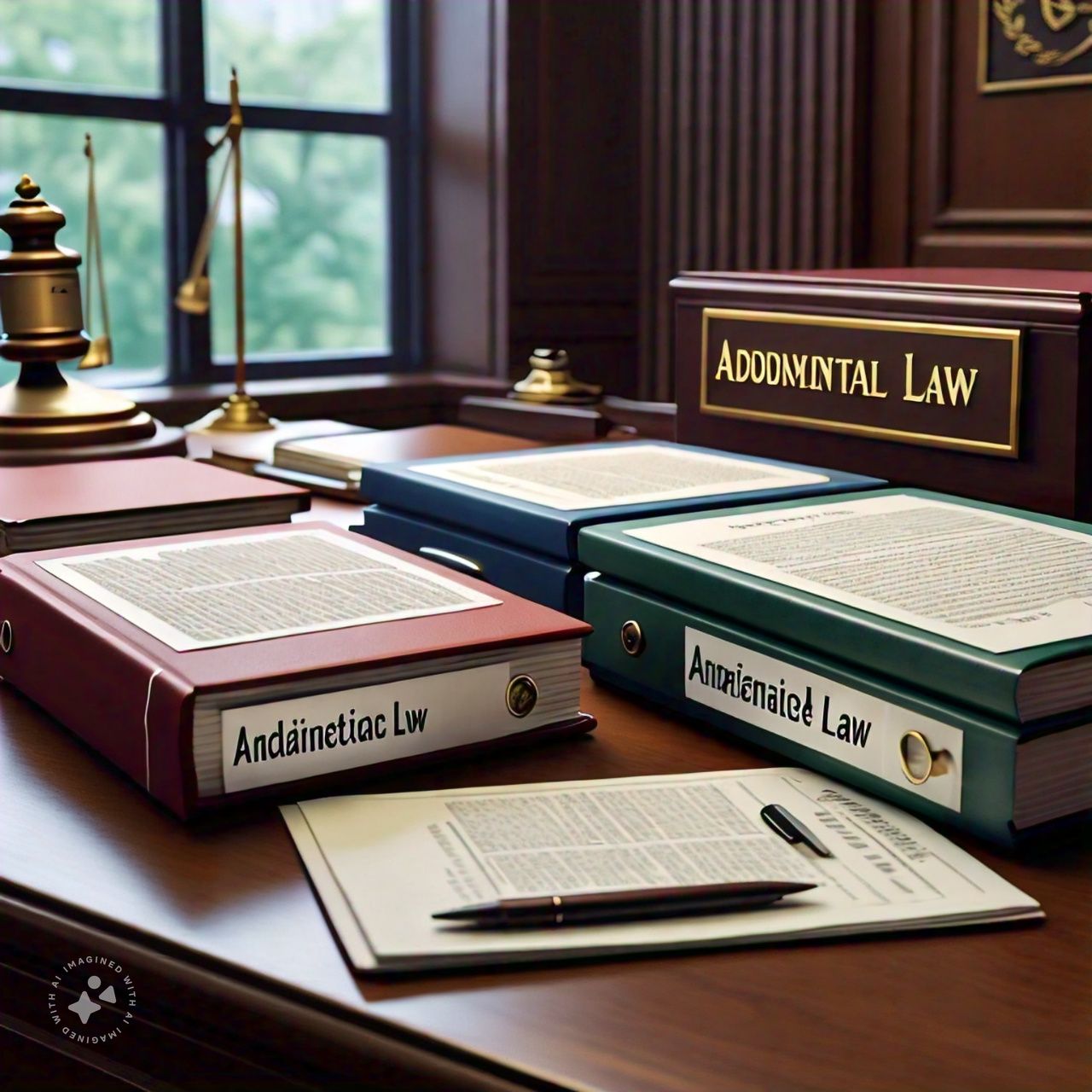

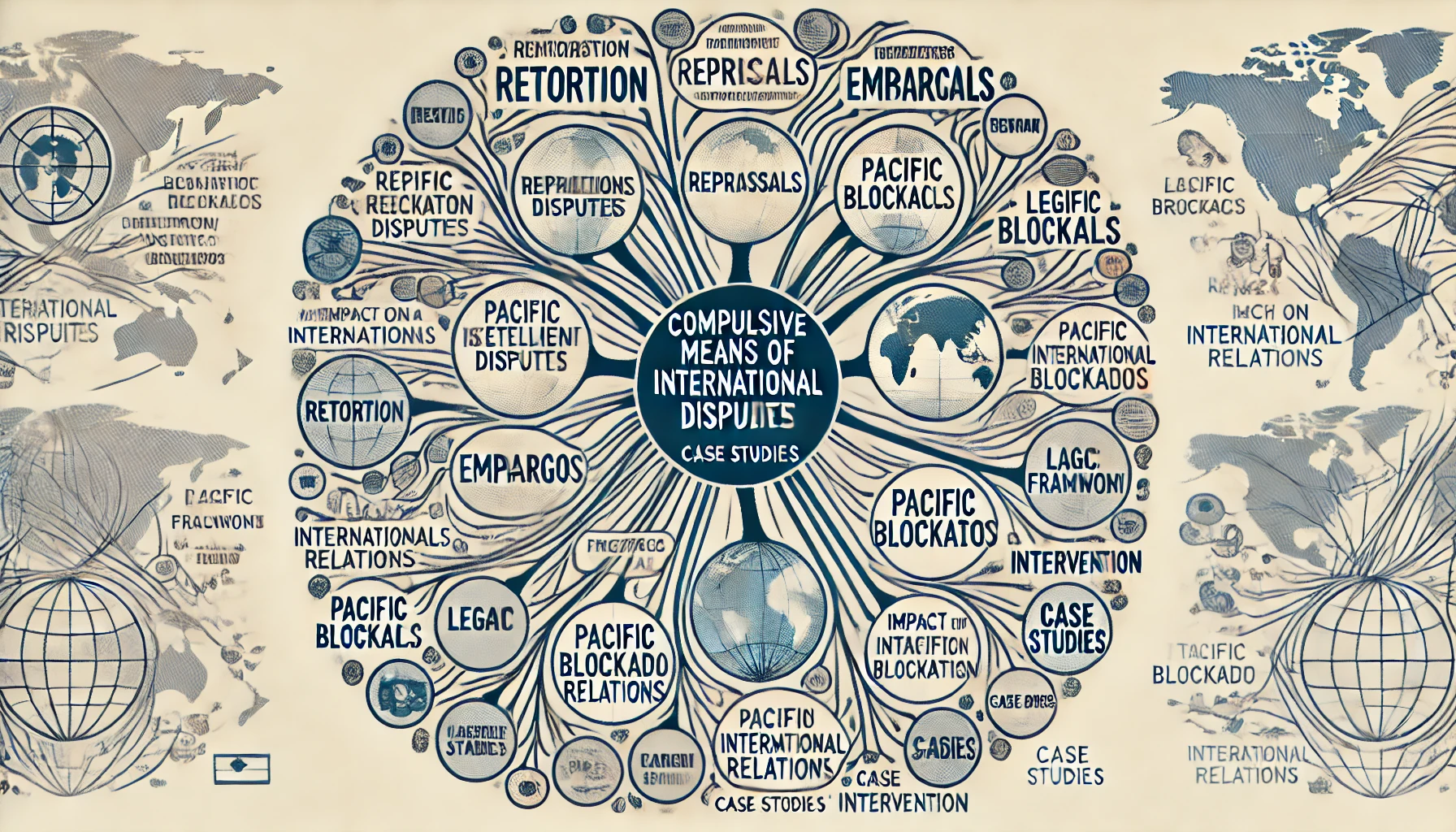

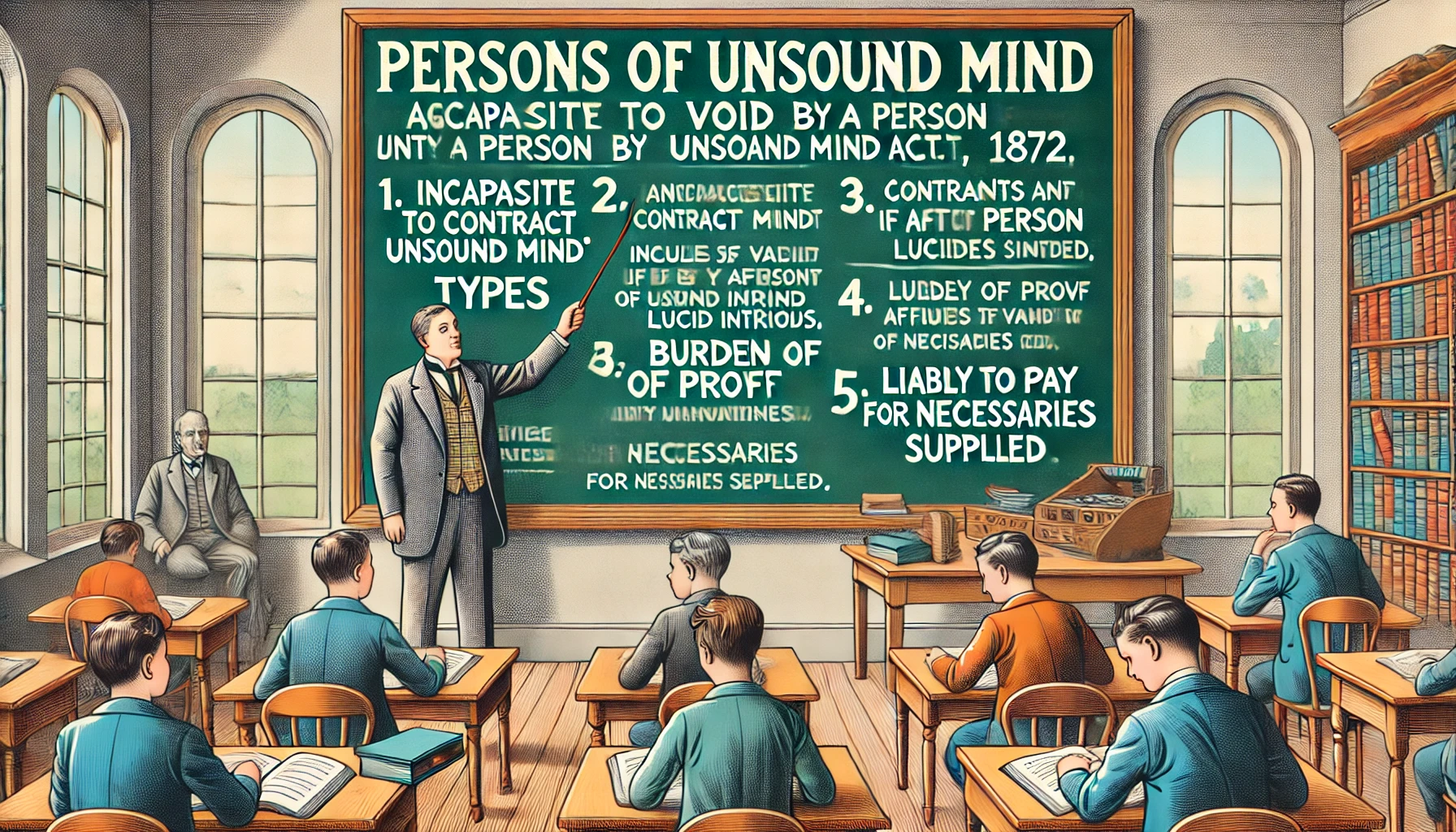
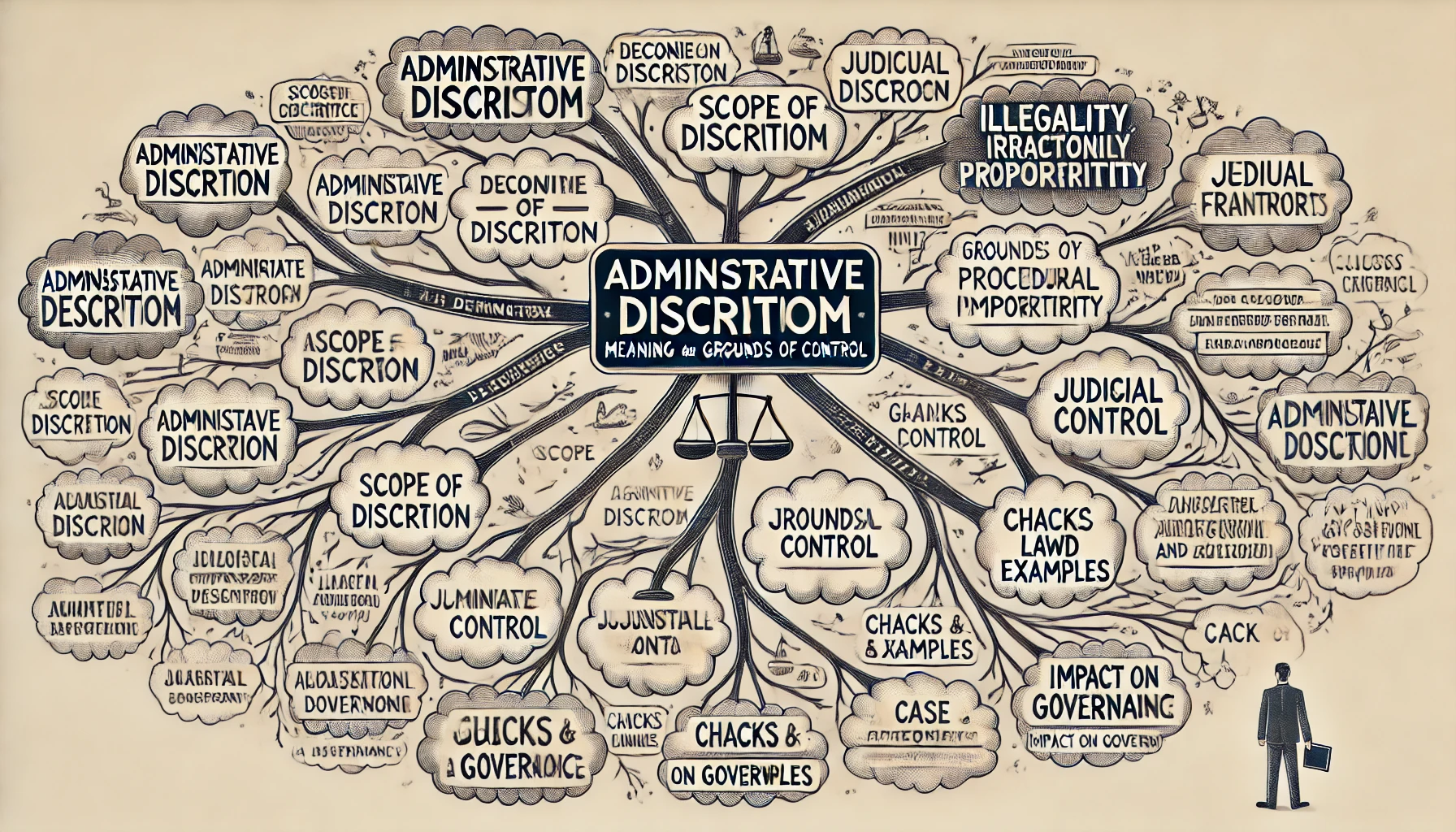
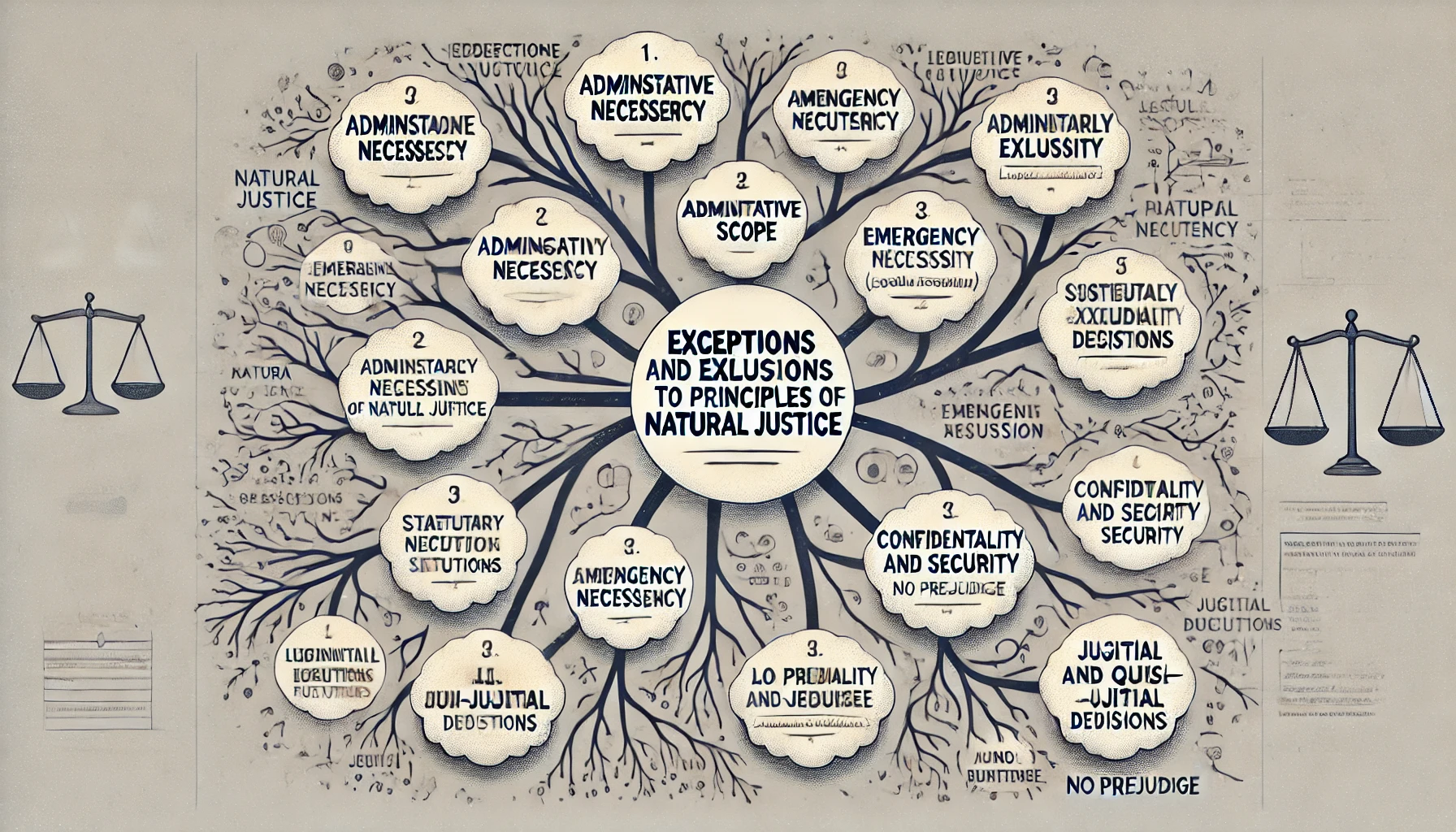

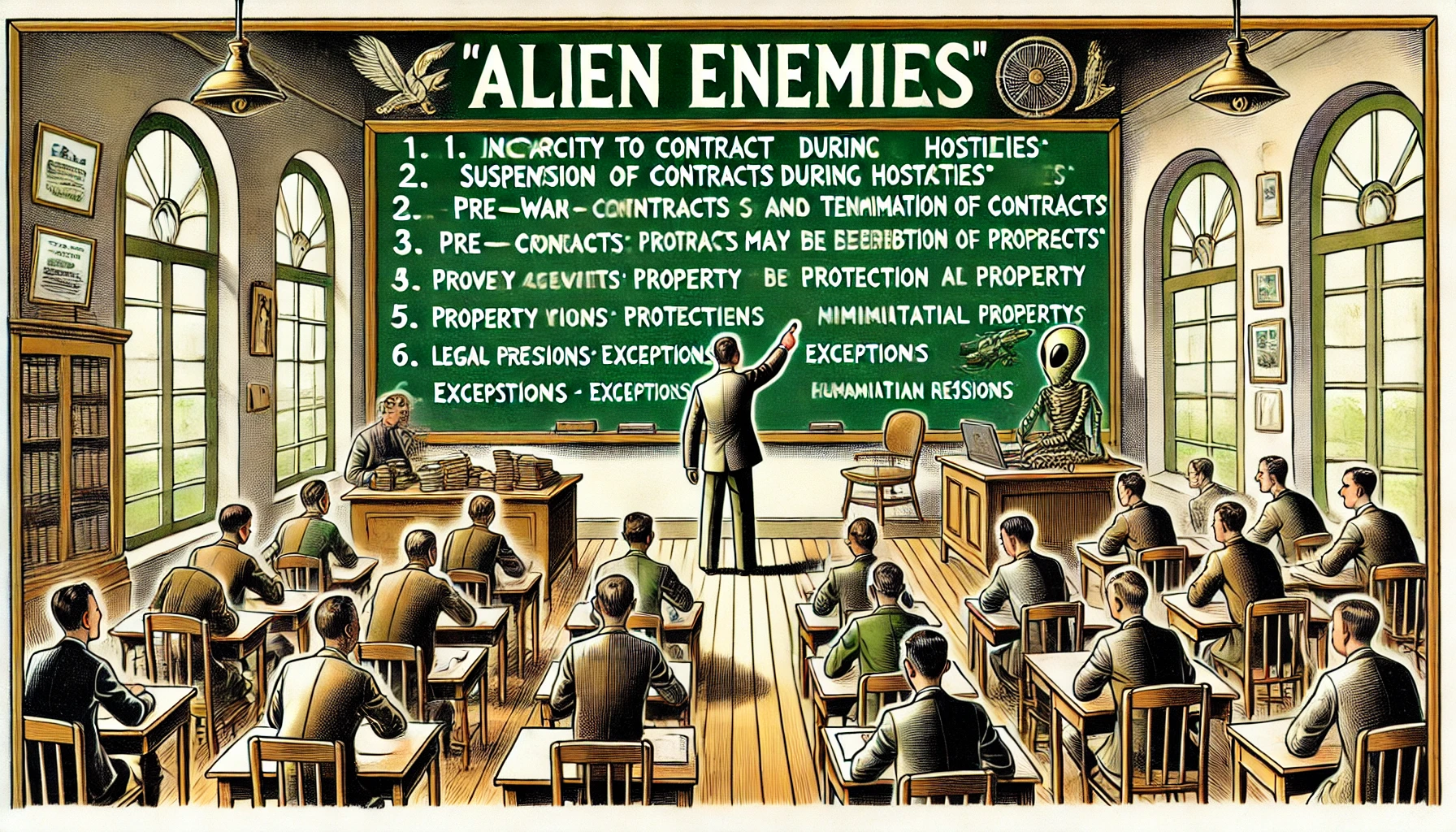

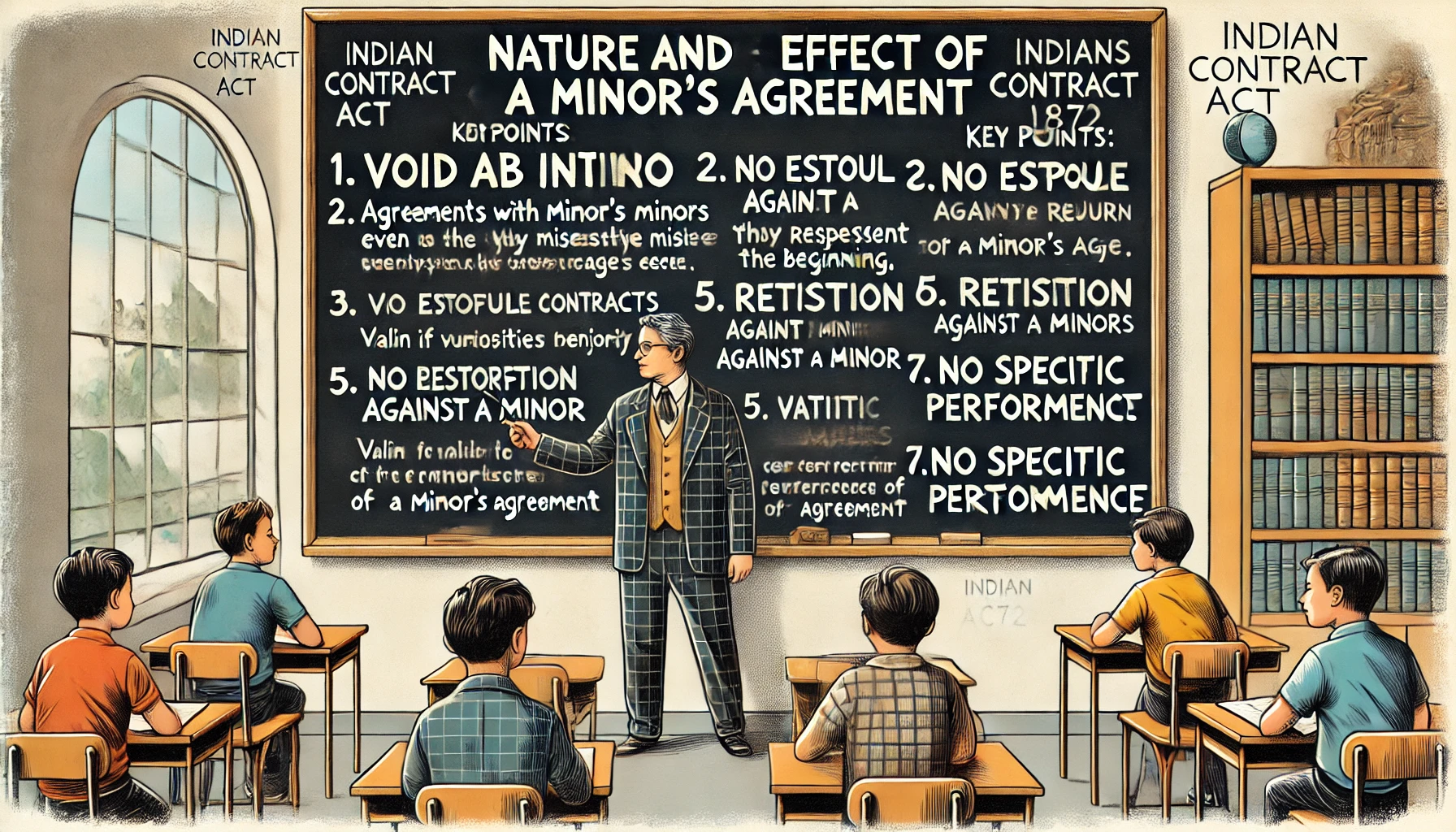


Comment
Nothing for now